Amiga Games – Part III: “Head Turners”
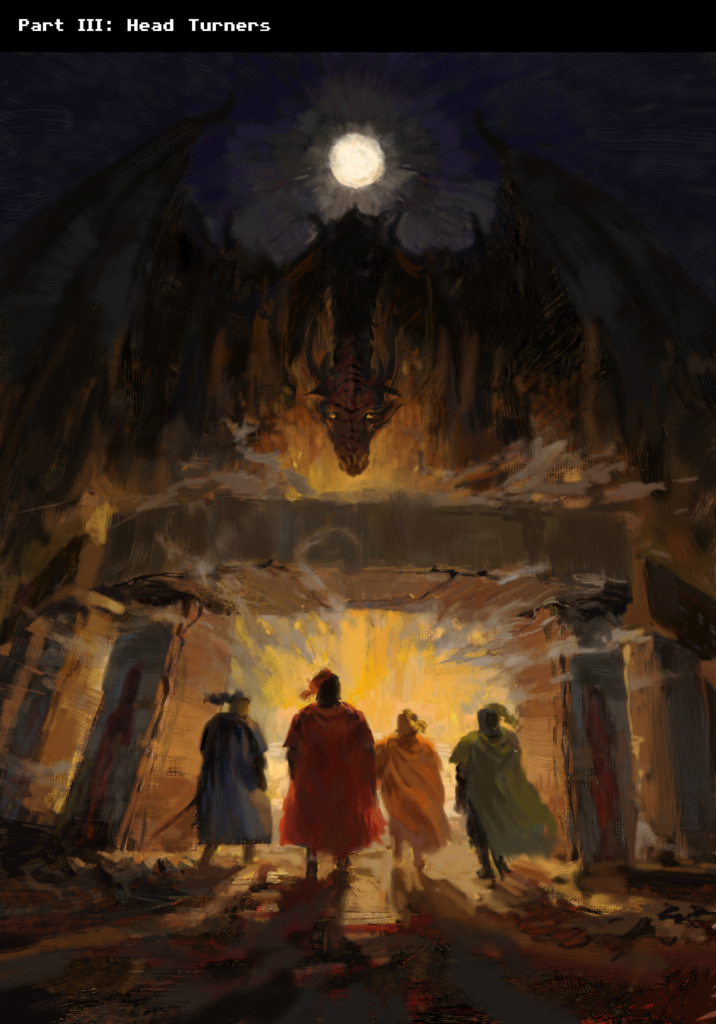
As we all know by “now”, the games that flash the brightest aren’t always the finest ones that one can dig up. And sometimes, a particular game might appear as both shallow, boring, and like it’s that dreaded thirteenth on that even more dreaded dozen…
But there is always the flip-side of that coin too – Games that may appear like they’re more shine than actual depth. Except the beauty of quite a few of these titles is that they do have deeper qualities that just aren’t always obvious at first or even the tenth glance. Yes, the Amiga had a whole line of those too. Games that caught the attention and kept it – The deeper one looked. (With a Joystick or a mouse in hand, that is…) And here are forty of them in various shapes and forms.
1. Armour-Geddon (Psygnosis, 1991)
This action / strategy game set in a gloomy 3D-vectorized world definitely falls under the category: “More than meets the eye.” In typical Psygnosis-style, the game starts with a short, animated movie before you find yourself right in the middle of a conflict. You’re temporarily hiding in a subterranean base while your enemies are trying to smoke you out. Sooner or later, they will succeed with one big-ass laser space-cannon. Fortunately, you have a couple of tanks and jet fighters for self-defense. Plus a team of scientists and engineers who can develop more heavy artillery. (Like a couple of bombs would come in handy for wiping out the bad guy’s installations.) What takes this particular game to the next level is the fact that you not only manage resources, but that you also get to pilot the planes and drive the tanks. (Although controlling two jet fighters and two tanks at the same time would of course be impossible.) You can furthermore view the full-3D surroundings and change the perspective with the numeric keys. (There’s even a “Weapon Cam” for when you fire and hopefully hit something.) So the action does gets heavy occasionally, but not in an “arcade game”-fashion.
Note: Reading the instructions before playing is a wonderful idea. (And play this game on an Amiga 1200.)
Followed by Armour-Geddon II: Codename Hellfire. (1994)
2. B.A.T. (Ubi Soft, 1990)
Computer’s Dream’s insanely ambitious Cyberpunk RPG is one of those games where you simply have to read the manual and invest a lot of your time in its world in order to reap the rewards from it. You can tell the level of ambition as soon as you create an agent for the Bureau of Astral Troubleshooters. So they send in their best guy (You!) to Selenia to hunt down a lunatic called Vrangor. Vrangor threatens Selenia, and that shit doesn’t fly. The first problem is to locate Vrangor’s old pal Merigo who most likely has some good info… B.A.T. presents itself as a Point ‘n Click-based adventure game where you question people, solve various problems, and try to survive. But the game also includes a very basic programming language that you use with your built-in wrist-computer B.O.B. The B.O.B. keeps track of your stats and contains a couple of useful programs. The finale includes a simple flight simulator / action sequence as well. Firefights are not advised to trigger (By either attacking people or stealing from them.) as Selenia’s thugs often are much faster and have bigger weapons than you. Diplomacy and cunning is the key at all times.
3. B.A.T. II – The Koshan Conspiracy (Ubi Soft, 1992)
And if B.A.T. “merely” was a warm-up or the “introduction”, then the sequel serves everything in full bloom. Computer’s Dream really went in with everything here. If you played B.A.T., you’ll immediately recognize the interface and the art style, but there’s so much more in the sequel: 400 animations, 200 illustrations, 1000 objects, three types of combat, three arcade games, a driving sequence (For moving between city sectors.), and four flight simulators. Plus a (Big.) game map that now takes up four discs instead of one. The Bureau is called in once again, this time to find out what’s behind the fact that a corporation is monopolizing a specific raw material on planet Shedishan. After creating an agent, you find yourself in the city of Roma II. You need to locate a contact who will give you the mission details. (And some cash. It’s obvious that the whole deal is top secret for some reason.) But you’re not completely stranded. You have your properly improved B.O.B. one click away. And once again, you really need to read through the 70-page manual to get the most out of one of the most impressive RPGs in this sub-genre. It’s a “concealed” masterpiece.
4. Battle Squadron – The Destruction Of The Barrax Empire! (Innerprise Software, 1989)
If anyone still wondered if an Amiga-game really could look and play like a contemporary arcade game, Battle Squadron was another answer. It was practically Godsent after some quite mediocre titles like Insanity Fight and Foundations Waste. (Or Black Shadow!) “The destruction of the Barrax empire!” says it all, really. This is a vertically scrolling Shmup (With slight horizontal scrolling when you move left and right.) with a simultaneous two-player mode. What’s original about this game is that it can be played with a mouse. There is also an option for turning off both the music AND sound effects. (I don’t think I have ever seen an STG that gives you the option to play in total silence.) Both should be on, of course. The game’s soundtrack is really bloody good (With one of the best Hi-score tunes ever.), and the sound effects are meaty. A Shmup isn’t a proper Shmup without Smart Bombs or upgrades, and in Battle Squadron you have “Nova Missiles” that clear the screen with a lovely detonation. And there are a couple of different weapons that you can pick up and upgrade during the run. Simple, but gorgeous fun. No need for anything else here.
Note: Preceded by Hybris in 1987. (Preceded – In the sense that Hybris too was developed by Cope-Com.)
5. Blade Warrior (Image Works, 1991)
A side-scrolling Beat ‘Em-Up with a non-linear map and a spell-crafting function sounds a bit original, but Blade Warrior takes one or two things outside the box as soon as it starts. The entire game takes places at sunset just when the contrasts are the strongest, meaning that everything except the backgrounds are silhouettes. (Except items that you can pick up. They would be virtually impossible to see otherwise.) The mission is to piece together a magic tablet. This tablet is powerful enough rid the world of the evil that has taken over. But the game isn’t all about hacking and slicing up huge spiders, skeletons, and monsters. In your crib, you also mix up spells (Which you’ll definitely need.) using a charming interface. And there are some arcade adventure elements as well. (You have to talk to a bunch of wizards.) Blade Warrior even has a Shmup-section later on where you ride a dragon…! The fighting may not be the most satisfying video game moments you have ever experienced, but what the game loses during some occasions it gains several times around through its ideas, design, and atmosphere. And not many games have used these “element”-combinations since. A gem.
6. Burning Rubber (AGA) (Ocean, 1993)
Presentation-wise, this semi-open road racer was several steps ahead of its time. The game… Well, it received a hell of a mixed reception. There are better racers on the Amiga. And there are way worse. (With your automobiles behaving like soaps on a wet floor.) But Burning Rubber could be worth getting into because of the high ambitions that developer Harlequin had. One or two races won’t probably charm you over, but it’s like they say: It might get better. (Depending on your preferences, naturally.) The features are definitely something extra. There’s a lovely “Amiga Scene Demo”-like intro with music by Utah Saints, neat title- and option screens, a music selector player (Rock- or Dance-oriented in-game music by Tim Haywood.), twelve levels (With multiple intersections and roads.) in Europe and the U.S., a shop for upgrading your car, and, this whole charming scenario around illegal road races. The ten cars available have their real-life representations in the shape of Peugeot, Volkswagen, etc. I have never been a fan of the “push the Joystick up to accelerate”-controls. They’re selected by default, but Burning Rubber provides five different control-schemes. (I’d say that mouse is what works best here.) Automatic or manual. Smooth.
Note: This game can be played on a vanilla Amiga, but… Why would you do that? (Especially on an emulator… Although, there certainly can be one or two good reasons…) In AGA-mode, you get a few more additional features and more visual details. (Including a more stable frame-rate…?)
7. Captive (Mindscape, 1990)
If you ever wanted a combination of a dungeon crawler and a game that potentially lasts “forever”, Antony Crowther’s Sci-Fi RPG-adventure is that game. You’re Trill who once was sentenced to 250 years in prison in suspended mode. 248 years later, you wake up after some serious shit has happened in the world outside. You’re still locked up, but your chance to break free is inside a briefcase containing a remote controled interface. (Which is the game.) Nobody is going to let you out, but the interface lets you command a quartet of Droids. So your very long search for yourself begins. The game generates the “dungeons” a.k.a. stations as you travel between planets. It all looks pretty traditional at first glance, but Captive does quite a few things differently than the “rest”. The enemies are quite an odd and diverse bunch. (Everything from shrubberies to ED-209s.) Some walls can be moved as they’re on wheels. Stick a Droid’s finger into an electric socket, and its hand turns into a temporary zapper. And there are shops in every dungeon. It’s almost like a surreal Virtual Reality experiment… For how long will you endure? And how many levels will you clear?
Note: Followed by Liberation: Captive II in 1993.
8. Damocles: Mercenary II (Novagen Software, 1990)
After Mercenary, Novagen made a couple of shooters like Backlash and Hell Bent, but the big return to securing their spot on the 16-bit platform came with Damocles. This time, the player has to stop the planet of Eris from being destroyed by a comet that named the game… Instead of exploring one “city”, you have hundreds of locations spread out across nine planets. (And their moons.) It’s expectedly tricky as hell, but not quite as hopeless as it sounds. (Eris will turn into dust in just over three hours…!) The game can be completed in five different ways, so you don’t actually search the entire Solar system like one ginormous haystack. (But you’ll need something that’s powerful enough to blow up Damocles.) There is a lot to do, even more to explore, and tons to figure out while you chase those detonators and bombs across the planets… The visual upgrade from the last generation to the next would be the iconic and semi-fluid 3D-vector graphics. (Instead of the wire-frame ones from the original.) While it’s really hard to beat the groundbreaking 1985 classic on any level, it’s nice to see that Damocles turned out to be a worthy successor.
Note: The original Mercenary was also ported to the Amiga. Mercenary got one expansion (“The Second City”.), and Damocles got two. (Two separate mission disks.) And if that wasn’t enough, an actual sequel was released in 1992 – Mercenary III: The Dion Crisis. That would also to be Novagen’s final game.
9. Defender Of The Crown (Cinemaware, 1986)
Cinemaware quickly became known as the company who mixed movie-like sequences with both classic and innovative video game mechanics in several mini-games. The results varied throughout their career, but “Crown” was The groundbreaker and set the template for how such a game plays and functions when everything simply clicks. You play as a Saxon Lord who attempts to take back the Crown and the kingdom from the Normans. And it’s not easy in a video game either. It’s a mix between tournament jousts, army building, conquering, and raiding. On a map over what today is England and Wales, you select a cause of action and try to take over as many territories as possible without losing everything. While the game’s atmosphere is exceptional, it’s also a fun and involving game… This isn’t of course an über-realistic depiction of historical events, but destroying castles with catapults is always brutal…! The graphics and animations are of course a huge part of the title’s legacy and the reason why everybody’s heads turned. Cinemaware were way ahead of their time, and despite being an impressive visual representation for interactive entertainment, Defender Of The Crown is also a decent strategy game. Win-win on all fronts.
10. Dune (Virgin Games, 1992)
Paul Atreides, his family and closest allies set base on desert planet Arrakis, also known as “Dune”. The main objective is to kick the Harkonnen’s asses and wipe out their military. And to do so, you need to mine Spice and built a solid army. Cryo’s exceptionally good-looking and good-sounding game is a mix of a strategy game and a classic adventure one. The adventure part drives the plot, and the strategy-part determines whether the game continues or not. The idea is to form alliances with the local Spice-miners. And when you get loads of Spice, you can start buying stuff like weapons and artillery. There is a hell of a lot going on once the strategic elements come into play… Of course I’m not going to say that the game’s “better” than David Lynch’s movie, but… This… Is solid entertainment with beautiful graphics and a fantastic soundtrack. (By Stephane Picq. The composition “Ecolove” is the most iconic track from the OST.) Presentation- and design-wise, Dune simply is a landmark and a template in video game production. And it’s amazing that they crammed in so much of the plot on just three floppies. (The first disc contains the lovely intro.)
11. Dune II: The Battle For Arrakis (Virgin Games, 1993)
The Atreides, the Ordos, and the Harkonnen are all trying to take over and control the Spice-production on Arrakis. Which has lead to a whole new era of geopolitical instability that sooner not later turns into war. The Westwood Studios-developed sequel has none of the enigmatic atmosphere from Cryo’s original, but it does re-invent the entire Real-Time Strategy genre in one game. You build foundations, power- and harvesting plants, radar outposts, etc., while keeping an eye out for the two other Houses of Swine who try to erase your presence. Defending yourself and fighting back requires heavy artillery. And Spice-production brings in the green. (Credits.) The game is less story-focused due to its nature, and even if it wins over the original as a pure strategy game, it lacks a little in a handful of departments. (I think the music in the original is light years better.) But the game is well-designed, controls very well, and is quite easy to get into. Just like every other similar (later) game, it doesn’t please everybody. There are these classic and annoying difficulty-spikes that drive some players away from the genre. But if you love RTS-games, or need an excellent introduction… Dune II…
Note: Sure, the game did freeze a couple of times, but it could have been the emulator, the crack, or a combination of both. That’s why it’s good that the program requires you to create a Save Disk before running it.
Dune II was followed by Dune 2000 in 1998.
12. F29 Retaliator (Ocean Software, 1990)
It’s the very beginning of the 21st century and various conflicts take turns for the worse, making the world quite an unstable place. But something has got to give, and it has to end somehow. Which is why get to fly an Lockheed F-22 or Grumman F-29 into combat. The scenarios take place in Arizona, the Middle East, the Pacific Ocean, and Europe. (Where World War III already and basically is breaking out.) You get to name your pilot (Who sports a pornstache.) and arm your plane before you take on the first four missions in each scenario. (The Arizona scenario includes ten training missions.) As you progress and the “War Updates” change, you unlock more missions. Apart from the training ones, there are around 85 in total. (Yes, most involve explosions. So it’s good luck you have an air-craft that can conjure those with eight different missiles…) And it’s a solid air-combat simulator that Digital Image Design delivers here. “Retaliator” has fluid 3D vector-graphics and an impressive amount of details in the surroundings. (Which can be toggled with the “D”-key if you want better frame-rate during combat.) And it’s quite possibly the “most” playable game in this particular genre.
Note: But if you want something that’s more of a real simulator and something less “arcadey”, check out:
13. Falcon (Mirrorsoft, 1989)
Could this be the apex of flight combat sims for the Amiga? There sure doesn’t seem to be that many more comprehensive ones for the machine. If there’s one thing that Rowan Software knew, it was aviation-based games. This is a good port of Sphere, inc.’s original game from 1987. Falcon became mostly known for being hard as hell (Imagine flying or landing an F-16 with zero experience or knowledge.), but also for being realistic. (This is according to a real pilot.) Twelve missions await to be completed, and if the easiest difficulty setting proves to be “too” easy, you should try “General”. Unsurprisingly, Falcon uses filled vector-graphics to render the landscapes. (And it does that very well.) It also has a sizeable map and a good frame-rate. Instead of multiple option screens, you have everything within reach from the custom “drop down”-menu. Multiplayer (A second player, more like.) was originally featured via using a null modem cable. As this is as far from an arcade game you can get, the keyboard-commands are many, useful, and very necessary. Training with zero enemy-MIGs is highly recommended, and… Thank the whims of the great Magnet for options, pre-configured armaments, and… Optimized software.
Note: Two expansions were released for those who crave more Falcon – Falcon Operation: Counterstrike and Falcon Operation: Firefight. These are also known as Falcon Mission Disk Volume I and II respectively.
14. Frontier: Elite II (GameTek, 1993)
“Everybody” kind of knew that this would never capture the same otherworldly magic and “Wow!”-factor as the original Elite, but that doesn’t mean that it can’t showcase numerous upgrades on all fronts. The trading / mercenary / several-other-professions space-based (And planets!) action game looks like familiar territory, but it’s surely “next gen” like few others. The multi-color visuals and filled vector-graphics are of course a big part of that, but so are the many options. There is simply more to do everywhere. (And the space map is in 3D!) And it has one ridiculously huge map… Now, you can play it in real-time, but you wouldn’t want to fly from Mars to Earth in real-time. That’s why there are four different fast forward buttons on screen. And just like Elite, it takes some time to learn how to dock and successfully participate in duels… I don’t see any reason to choose any other similar game over Frontier as this one does “Elite” in a way no other game can. This isn’t a casual experience. Be prepared to spend hundreds of hours in front of it if you mean business. That’s the only way to find out what the deal is.
Note: Frontier runs on a vanilla Amiga 500, but that’s the “almost 3 fps”-version as soon as there’s some action on screen… With the power of emulation and a fairly good CPU – Try running this game on the Amiga 1200. You won’t engage in dogfights at 50 fps (Not even close.), but it really makes one hell of a difference.
15. Gods (Renegade Software, 1991)
After a couple of Shmups and other top quality titles, it was time for Bitmap Brothers to peddle some platforming action game as well. Nation 12’s lovely tune “Into The Wonderful” introduces the game before we’re thrown back to mythical times. Hercules himself embarks on a perilous quest for that elusive eternal life. Will he succeed? Well, there’s a bunch of levels to get through first. Four, in fact. (Complete with bosses.) The levels get harder and harder as you progress, and according to those “unwritten” arcade adventure rules, there are items that should make things slightly easier. Hercules has a three-object inventory (Swiftly accessed with the Joystick.) and uses his hard-earned valuables in weapon shops between levels… Despite the modern intro-music, the entire game has a pleasant Ancient look with extremely well-animated sprites and backgrounds that don’t clash with said sprites. If you’re used to platformers, you’ll get into Gods in no time. (Although the jumping might take a few tries to get right.) Hercules doesn’t exactly control like Super Mario or Sonic The Hedgehog… So what’s missing this time…? *sigh* Music… The effects are great and everything, but something that keeps the silence away would’ve been the shit.
16. The Great Giana Sisters (Rainbow Arts, 1987)
…except the title screen says they’re called the “Gianna Sisters”… Which makes sense, of course. Just like the Mario brothers, Gianna and Maria are from Italy. A nightmare transports Gianna (Or both in an alternating two-player mode.) to a pretty familiar platform game. So familiar in fact that you already know the story several times over. This is of course the “same” game as the original Commodore 64-version. The controls are near-identical and everything is exactly as tricky. Everything was ported over. The Amiga-version (naturally) has a couple more colors on-screen, and the Gianna-sprite looks a whole lot better… What I don’t love about this port is the audio. I don’t care for the botched title-screen tune. And the instruments used just sound totally out of place. (Like those percussion samples.) The in-game music is like in the original musically, and some of the sound effects are a bit better. But overall, the soundscape is vastly inferior to the C64-version’s perfect one by Chris Hülsbeck. Still, the Amiga-version has a lovely intro screen with an exclusive tune by Thomas Lopatic… So this is definitely one of the “lost” classics, and one very important part of Amiga-culture. It’s a must-play. Always.
Note: Followed by Hard ‘n Heavy in 1989.
The real sequel to The Great Giana Sisters was developed and released in 2012. (Giana Sisters: Twisted Dreams)
17. Hunter (Activision, 1991)
A one-man army in a filled 3D vector-graphics world. Dangerous missions all over fairly large archipelagos somewhere. This third person view action adventure has three different game-modes: “Hunter” is the campaign involving assassinating a baddie, “Missions” give you a series of– missions (That have to be completed before time runs out.), and “Action” is focused on… Action… This includes basically “everything” that you’ve seen in 80s Actionsploitation: Shoot-outs, explosions, transportation-based shenanigans, and critical time-limits. You walk and swim (Plus operate a series of vehicles.) around the islands and focus on your orders. Hunter takes only a very short while to get used to, because it’s simply a playable and entertaining game. The frame-rate is as good as it can be, and the (directional) Joystick controls are responsive. The mouse is used for accessing the menus and inventory. (A very welcome solution.) What more could you ask for? Hunter is a single-load program, so the actual playing time is pleasantly optimized. And it’s one addictive game too. After a couple of rounds, it’s probably very hard to just turn this one off. The graphics may not have aged that well, but the functionality is what’s conclusive. (Title-screen music by Martin Walker.)
18. It Came From The Desert (Cinemaware, 1989)
The inspiration is clearer than day: 50s top Sci-Fi movies about giant insect infestations. Cinemaware, faithful to their traditions, included chunks of big animations and sampled sounds to simulate cinematic aesthetiques. The first impressions are as always good, but some five seconds long musical loops get old quickly… Thankfully, there’s a solid and fun game beneath the surface. As the geologist protagonist visiting small town Lizard Breath, U.S.A., you have to stop an impending invasion of giant ants. (Meaning: Locate the queen and kill it.) The game mixes first person view action / shooting sequences, top down view hospital escapes, chicken races vs. Greasers, and real-time strategy elements when the ants come crawling. There is also a big chunk of dialogue with the townsfolk as you try to solve the mystery and find out where the ants come from. As the game takes place in “real-time”, you have to think ahead and try to save as much time as possible. You have around fifteen days to save Lizard Breath, and you probably won’t succeed the first times you play the game… Compared to the other Cinemaware outings, this was one huge step up with way more focus on the gameplay.
Note: Followed by Antheads – It Came From The Desert II. (Which today would be equal to a DLC pack instead of a new game.)
19. Kick Off (Anco, 1989)
The truly fast-paced top-down view Soccer-games were quite few and far between on the C64, but one that broke new ground on the Amiga was Dino Dini’s arcadey one. Without Kick Off, we probably wouldn’t have had Sensible Soccer or many of the more playable variants that came in the 90s. “Real Football” doesn’t need to be explained here. (Either.) All the rules (sans Off-side) are in Kick Off, including fouls. There are friendly matches and league competitions. And a bunch of difficulty modes when you warm up to the controls. The two-player option goes without saying. The lovely green pitch scrolls in eight directions and you can see your entire team on a radar in the top left corner. None of this is unique for Footy-games, but Kick Off polishes quite a few of many familiar features. What makes or breaks a game are always two things: The controls and the playability. You’ll need good reflexes for sure. And you need to practice those Joystick-skills. And that’s where this game shines once you learn how to dribble (As neither the ball nor shoes are magnetic.), aim, and shoot properly… So what’s missing? Constant crowd noise. (That’s one huge drawback.)
Note: Followed by Kick Off Extra Time… And eventually Kick Off 2 with several expansion disks… And then a whole bunch of “sequels” and variants on a myriad of platforms. But none of them quite had the magic of the original. (Reportedly.)
20. The Killing Cloud (Vektor Graphix, 1991)
In the 2030s, San Francisco is entirely covered by a toxic cloud of apocalyptic proportions. But crime never sleeps, and neither does the S.F.P.D. But since patrolling in the streets in an ordinary squad car is out of the question, the coppers of tomorrow use hover-crafts. These are armed with a cannon, missiles, and nets. The central part of San Francisco is rendered in lovely red and brown vector-graphics, and you don’t see too many buildings from where the sun shines. And diving down to chase the criminals presents new dilemmas when it comes to hardware. While flying around, you can “turn off” the cloud to see more of the city, but with an ordinary Amiga 500, you basically get a slideshow. (Especially with high details.) With an A1200, you get a playable game. The missions vary a bit and the subsequent interrogation is all about squeezing info from the bad guy in exchange for a shorter time behind bars… The Killing Cloud is by no means a masterpiece in game design. It could have been so much more. But not on the Amiga. The hardware simply wasn’t there for Commodore’s part. You need legendary levels of patience to endure.
Note: There were rumors and talk (?) about elements of torture during the interrogation scenes before the game was released. (For example, a baddie who feared electricity could be “interrogated” with electric shocks.) But these never surfaced.
21. Lotus Esprit Turbo Challenge (Gremlin Graphics, 1990)
The hope for a good, arcadey road racer kind of got obliterated (momentarily) since the Amiga version of OutRun was such a piece of shit. (Or: It’s almost as playable as the ZX Spectrum version.) But Magnetic Fields showed that racing games can be done well. (With smooth frame-rates, solid sprite-scaling, and circuits designed by someone who knows what makes racing fun.) And in this particular one, you have optional split-screen action versus a second player. (Except there’s no full-screen mode. But even with the relatively small screen, you clearly see what’s up ahead.) The races take place on closed circuits. The CPU drivers are of the unfair variant, i.e., they never budge or lose speed if you happen to bump into them at 150 mph. Not only that: You have to refuel during some races by entering the pits. That’s challenging, I guess… The game has three difficulty levels and an option for manual or automatic gears. (And thankfully, you can select if you want to accelerate with the Fire-button or the upwards direction on the Joystick.) Before each run, you also get to select if you want to listen some racing-music, or sound effects… Definitely take a ride…!
Note: And what’s better than one good racing game from Gremlin…? That’s right:
22. Lotus Turbo Challenge 2 (Gremlin Graphics, 1991)
Bigger, faster, better, and… Okay, maybe not faster… The biggest visual difference is that the one-player mode is in Fullscreen. The two-player one runs in split-screen with frame-rates that aren’t, and can’t be, optimal. Because the graphics are way better and detailed this time. (Including weather-effects like snow and darkness.) The gameplay is also different. Here, you race against time on eight different open roads divided into checkpoints. (No forks in the freeways, though.) And you don’t ever need to refuel. So this is the more arcadey (And maybe more enjoyable.) variant of the two. And it looks pretty damn good. That the game isn’t exactly a driving simulator becomes obvious when you can jump with a Lotus Elan SE over narrow creeks by slamming into big tree trunks lying on the road… A missed opportunity is that there’s no driving music. Barry Leitch’s famous title-screen tune is a genuine classic, but a couple more hits in-game, and this game would’ve been even closer to being perfect. (Although using instruments from Soundtracker’s “ST-01”-disc as sound effects (?!) should have been outlawed in 1988!) If you’re serious about playing arcade-style racing games on the Amiga, you just can’t overlook this one.
Note: Followed by Lotus III: The Ultimate Challenge in 1992. Seriously good stuff. The entire trilogy was developed by Magnetic Fields.
23. Menace (Psygnosis, 1988)
DMA Design’s flying start was this side-scrolling Shmup across six truly good-looking levels… Levels with some even more good-looking and well-designed enemies…! The influence is obvious: Japanase Coin-Ops. After selecting Rookie- or Expert difficulty, you’re off into deep space for some blasting… Three on-screen bars display your Shield (Which is your energy.), Cannons, and Lasers. To get better firepower with the Cannons or Lasers, you need to destroy waves of enemies. Each wave destroyed leaves a pod marked “1000”. You can pick it up to get 1000 extra points, but the pod can be blasted multiple times to cycle through the various upgrades. The Cannons and Lasers are way more powerful than you built-in shooter, but they get depleted. At the end of each level is a boss, and… Everything is just like it should be… Menace looks great and plays well sans Auto-fire. The weakest part is, unfortunately, the soundtrack. (I absolutely loathe those overused snare drum- and electric guitar samples.) David Whittaker made so many utterly fantastic C64-tunes that it’s strange that the in-game music for Menace isn’t in the same league. (You get one repetitive tune here.) Well. A Shmup is a Shmup. And often very good.
Note: DMA Design’s first game. Followed by Blood Money in 1989.
24. Moonstone: A Hard Day’s Knight (Mindscape, 1991)
The titular Moonstone must be brought back to Stonehenge. Enter four knights who decide to search for it around the realms while hacking every enemy to a bloody pulp. Or getting sliced, diced, burned, crushed, etc… Exactly. The novelty of Rob Anderson’s quite entertaining game is the splatter and gore. Each battleground is a single screen where you meet one or more foes. Each sword-hit draws some blood that stays on screen. The fights hopefully end with one or multiple maimed carcasses. (Of which neither is yours.) Win, and you gain some XP and good stuff. (Better weapons, etc.) Items can also be purchased. The quest is to find (Or steal them from your defeated enemies.) four keys that unlock the Valley Of The Gods… While the lovely gore and various extremely violent animations are the highlights of the game, the gameplay itself is something of a “love or hate”-kind of deal. Frustrations might spoil all the fun, and this, as it usually does, stems from the controls. But Moonstone also throws a bunch of “unfair” shit your way. I guess it wouldn’t be the same if one couldn’t get incinerated by a big fuckin’ dragon every now and then.
25. Necronom (LinEL, 1990)
The Amiga just couldn’t reach the same “go to”-machine status for Shmups like the C64 did. But still, a whole bunch stood out. Like for example Lunatic Software’s Necronom that has sixteen side-scrolling more or less intense stages to blast yourself through using various types of firepower. There’s probably a good story behind every STG, but you’re here to shoot, right? With a strikingly hypnotic soundtrack (By Michael Tschögl who also made the graphics.), you’re ready to select a shooter’s starting pack for your ship before entering Inferno. After the first level (With a boss at the end.), you can select which adjacent level on the 4×4 grid you want to try next. You also receive codes, which can be entered on the title screen. This saves you from playing the same levels over and over again. Credits are used to upgrade your weapons and hardware. What else separates Necronom from the “rest”? The graphics and the variation. Tons of imagination went into this one. Plus it’s one hell of a long shooting fest. Sure, there could’ve been more tunes on the soundtrack, but you can always turn off the music and keep the sound effects on if nothing else.
26. Obitus (Psygnosis, 1991)
You are history teacher Wil Mason who have ended up in the realms of Middlemere… And in Middlemere, there is madness around every corner despite its very picturesque setting. Scenario Developments’ (only) game is an adventure / RPG that’s built around three different sections: “Maze”, “Parallax”, and “Interior”. You walk around the forests in Middlemere’s four shires (The “Maze Sections”.) in first-person view while you look for objects, solve puzzles, interact with characters, and fling arrows and knives at people with a very antagonistic attitude. The castles, catacombs, and mines are the side-scrolling “Parallax Sections” and “Interior Sections”. (The latter add movement “in” or “out” of the screen.) So it’s not really a 3D-game of any kind. But the graphics look truly spectacular. A lot of hard work obviously went into the design and details. As well as that smooth movement around the tree-mazes. The interface uses the usual classic adventure commands, and objects can be interacted with directly on screen. The sound is basically a missed opportunity. (It could have been so much more in line with the visuals.) Obitus doesn’t let the player in easily, and I know many players felt that it wasn’t quite worth it. Sadly.
27. Out Run Europa (U.S. Gold, 1991)
If you still are curious over how shockingly awful a Coin-Op conversion can be on the Amiga, you could just load up OutRun. (Even in some of the “3 fps”-experiences on certain rubber-keyed 80s computers, you saw what everything was supposed to be.) But they got one Amiga-“OutRun” right, and it’s the European one. And this part about “getting everything right” begins with the title screen where there’s a proper “OutRun”-tune by Matt Furniss. (Instead of an intro that sounds like garbage.) And then, there’s Probe Software’s programming Tour de Force where some action actually happens on screen. It’s one long motorcycle-, jet-ski-, car-, and boat chase from England, France, Spain, Italy, Switzerland, and Germany… There’s variations in the scenery, forks in the road, and… It doesn’t try to be an arcade game. (Which it originally isn’t.) But here’s the funny part: It’s the best arcadey racing experience in the franchise ON this particular platform. (Probe created the Commodore 64 version of Turbo Out Run.) Yeah. These guys simply knew how to make them. I would also claim that the Amiga version of Out Run Europa is the best of the bunch. (But the C64 had Jeroen Tel’s intro tune!)
28. Populous (Electronic Arts, 1989)
This was Peter Molyneux going straight to the top with Bullfrog Productions’ unique and attention-stealing games… Until… How should we say this as diplomatically as possible? Right! Until he was kind of lost amidst some very, very high ambitions… Either way, this is a 500 scenarios big God-simulator where you are the omnipresent, invisible ruler of an isometric landscape and its people. The landscapes can be altered however you want, and in your promised land live your potential worshipers. The idea is to get as many of them as possible. This is achieved through helping them developing a civilization (And through extreme landscape-architecting.) and at the same time developing your Godlike powers. Your adversary is that “other God” and its blind, brainwashed morons. When you have the Power, you can always can bring natural disasters upon the enemy. The one with the most fans at Armageddon o’clock is the winner… Populous is one peculiar (In a very good way.) game with a downright ingenious design built on a single-screen interface. The game is easy to get the hang of, but not quite that easy to master. It’s like it should be. (The charming visuals and details help too, of course.)
Note: Followed by the expansions Populous World Editor (Exactly what it sounds like.), Populous: The Promised Lands, and Populous: The Final Frontier. (The latter was released as a cover disk for the magazine The One.) The actual sequel, Populous II: Trials Of The Olympian Gods was released in 1991.
29. Prince Of Persia (Brøderbund, 1991)
How does this very Scandinavian-looking boy become the Prince of Persia? By rescuing a Princess from unwanted marriage. Obviously. This demands some mad platforming- and sword fighting skills. But alas, this Prince doesn’t control like your ordinary video game character. He… Well, he acts more like a human being. Meaning that you can’t run like an Olympic runner and turn on a dime. Or survive too high falls. What indeed was amazing about this flip-screen arcade game was the realistic animations (Done through the magic of Rotoscoping.) and its original take on platform games. (Including several environmental puzzles.) Learning how to control the Prince is half the fun. (As is discovering that sharp steel is harder than flesh.) It kind of tickles the taint when you leap off a collapsing floor and grab a ledge a couple of meters away. The game gives you one hour to complete its twelve not very long levels. But they turn challenging soon enough. And you’ll swear over all the accidents that you will have. (Most of them involve gravity and height.) The levels are quite atmospheric and the sound effects are effective. Prince Of Persia is solid proof that “less” usually is more.
Note: Followed by a bunch of sequels and spin-offs. (None on the Amiga, though.)
30. Project-X (Team 17, 1992)
Another horizontally scrolling Shoot ‘Em-Up with traces of both Gradius and R-Type. That may not sound that special anno 1992, but Project-X took the “Amiga-Shmup” to the next level. Not only is it well presented and polished to the max, but it’s also eye-catching and beautiful to look at. Five levels, complete with bosses and other nasty surprises, lie ahead of you. Before the game, you can select between three space-ships, turn on “Old Timer Mode” (Changes the early 90s Rave-influenced music to something that’s more “Amiga”.), or switch to “Rookie Mode” if the “Arcade” one is too hard for you. The weapon upgrades work exactly like in Gradius and “countless” other Shooters. (If you die, you only lose some of the upgrades instead of all.) Despite Allister Brimble and Bjørn Lynne providing the soundtrack, there is no in-game music. Which is a monumental disgrace. Instead, you’re stuck with sound effects and sampled voices. (“Semi-great, not excellent.”, in other words.) The ship handles slightly oddly (It must be sliding on those hydrogen atoms.), but it’s a matter of learning how to control it. Project-X is one hard game to get through. But it’s too good to dismiss on other grounds.
31. Rise Of The Dragon (Dynamix, 1991)
A heavy, Cyberpunk-influenced Point ‘n Click-adventure that was converted from P.C. 256 on-screen colors to 32. And still, you know what that means in this age… Not necessarily lots of bloated discs with unoptimized file structures, but here are ten floppies… With the intro taking up the first one… (And it’s technically not that attention-stealing.) But the game tries to convince the player that it’s the next step in interactive cinematic experiences. Absolutely. It looks good. (When compared to the P.C. version.) But strip away the fancy graphics (And quite atmospheric sound design.), and you have a pretty ordinary adventure game when it comes to the interaction-part. It’s way more limited than what it looks like. Either way, Rise Of The Dragon has a captivating, dark, and hopeless story about lethal drug-overdoses and a prophecy surrounding a certain “Bahamut”. And you have to investigate. There aren’t that many locations that you can go to, and the game constantly feels too big for its shoes. But its uglier head is only reared when Dynamix decides to break the game for some arcade action… I guess the sum is bigger than its parts, because nothing (Except the art-style.) has aged too well.
Note: Do not under any circumstance play Amiga “Rise Of The Dragon” from floppy discs. Because that’s the only thing that you will remember from this game in that case – That you were a floppy juggling champion.
32. The Settlers (Play Byte, 1993)
This is a unique game in the sense that it immediately draws the player in with its approachable interface before gradually revealing what an advanced program there operates behind the curtains. The Settlers is easiest described as an Medieval Sim City set in Europe. The gameplay is built around the logistics of getting a society to function with an economic system in the foundation. And a society needs a military to defend itself. And there you have the basics for existence and potential conflict. The game provides 50 “missions” that get trickier and trickier, or a “full experience” where every feature comes into play. There’s a surprising amount of mechanics and factors to be explored and adjusted to suit your rising (Or falling.) empire. It’s a game of cause and effect. And it feels like an entire society is actually inhabiting the computer. The interface is also so clever that it’s possible to play a full game without reading a single word of the instructions. An unbelievable feat. The blend between Sim City and the “origins” of RTS is impressive as hell. The jewel of the crown would be the detailed graphics and little animations. They make everything feel alive.
Note: Followed by one–two–three–four–five–six– Seven sequels…! The Settlers (2020) is published by Ubisoft. What’s relatively unusual is that Blue Byte has developed every single game in the series.
33. Shadow Of The Beast (Psygnosis, 1989)
With its thirteen layers of parallax-backgrounds (In the overworld sections.) and imaginative surroundings, Reflections’ arcade adventure / Beat ‘Em-Up gave everybody mental blowjobs when it was released. Because not even many arcade games had these kinds of graphics at the time… The Beast sprints, climbs, and jumps through 350 smooth-scrolling screens while fighting 132 different monsters as well as solving various puzzles on its way. Yeah. It’s classic and it’s impressive. Until you notice some of the cracks in the façade… They aren’t many, but the loading times are absolutely atrocious. After the intro, the title screen loads up. Then, the game takes an additional 45 seconds to load. And between the moment you die and the title screen are 75 seconds of waiting and two disc swaps. WHAT?! But the graphics are stunning. Not many of the monsters are animated, but they’re large and look bloody good. You can go in any of the directions that a 2D-game allows, but to the far left is a Death Spot. And to the right, the landscape keeps scrolling past more and more lethal encounters. Well, the underground accessed via a huge tree isn’t much better… David Whittaker’s flutey soundtrack, however, is…
Note: Reflections followed up the game with two sequels in 1990 and 1992, the last one being an Amiga exclusive.
34. Silkworm (The Sales Curve, 1988)
The term “arcade perfect” was thrown around way too often back in the late 80s “already” (And who hasn’t been guilty of that?!), but Silkworm is genuinely one of those conversions that came surprisingly close to the original. Random Access and The Sales Curve cast some serious vidya-spells here, and I even believe this version plays slightly better on the A. (And! It has better sound effects…!) Because the original (and cool) two-player mode is present. You have the option to either fly a helicopter or drive a jeep. (The latter on the ground, obviously.) And you can blast enemies to tiny pixels in the game’s co-op mode. (And what a fine co-op mode it is.) Apart from the obviously slightly less colorful and detailed background graphics (Although the backgrounds look really neat and use a color-palette that’s quite close to the original.) plus the simplified control layout (The Coin-Op has three buttons instead of one. For example, the jeep has one for bouncing.), nothing is really omitted here. All levels are included, the enemies and bosses show up where they’re supposed to, and the difficulty is well balanced… So this is a true rarity when we’re talking “arcade ports”…
Note: Spiritual successor: S.W.I.V. (No. 37 in this list.)
35. Sim City (Maxis, 1989)
Once upon a time, Sim City was this unique and extremely addictive metropolitan construction- and administration game where you could build up a town or city from scratch, or attempt to change a sub-optimal scenario in an existing city, e.g., solve flooding in Rio De Janeiro, or eliminate heavy traffic in Bern… With its ingenious interface, the player can conjure roads, buildings, power lines, etc. And with any environment come various problems like pollution, crime, etc. Your job is to make everything tick… Sim City is an unbelievably clever piece of software… Of course, this was before Maxis was devoured and shat out, and before the franchise “developed” into this fucking “always on-line” dumpster fire that nobody wanted or asked for… Will Wright’s masterpiece should be played in its original forms. (Including the sequels that weren’t released on Commodore’s platforms.) Sim City may not have a fraction of the features that it had around the “3000”-era, but it still holds up. The fact that the original game has been released on approximately thirty (!) different platforms says something about its spirit. It’s also one of those educational games that you can learn playing by just fooling around with the tools.
Note: Originally a C64-game and then polished and improved (Many added features.) for the 16-bit machines. (Only Brøderbund had the balls to distribute it.)
Followed by Sim City 2000 in 1993.
36. Stellar 7 (Sierra On-Line, 1991)
In the beginning, 1983, there was Battlezone for the C64 (Released by Atarisoft.) and Apple II. It was an uncomplicated yet addictive FPS inside a tank. The 1986 sequel Arcticfox was then followed by Dynamix’s two titles: Nova 9: The Return Of Gir Draxon and Stellar 7. If you ever played Battlezone, you know what you’re up against. Various scenarios (Seven planets in their corresponding star systems.) and non-stop shooting. Your built-in cannon gets the job done, but your tank can also be equipped with seven different Power Modules. (“Inviso Cloak”, “RC Bomb”, etc.) So far so good… Because Stellar 7 looks sweet. Alas, as it’s another MS-DOS port of a Dynamix-game, you soon realize that an original Amiga 500 takes several notches of fun out of the action. Sure, the “Graphical Detail”-slider can be set to minimum, but it’s another compromise and only reminds of moments when your gear isn’t good enough for the latest games anymore. You can of course run the game on a faster, e.g., emulated, machine and get a really good experience out of this version. Because speed is one its defining factors. Slow motion firefights with frame-skips is not, and effectively conceals what’s great.
37. S.W.I.V. (Storm, 1991)
Quite randomly called “Silkworm IV” by way too many people… I mean, it would’ve been nice to get the two previous games in that case, but since Random Access developed the home version of Silkworm, this became the natural and spiritual successor. Except this is a vertically scrolling Shmup with one long continuous level instead of several shorter ones. We’re blessed again with Auto-fire, because when you after a(nother) Game Over get a status screen telling you that you have fired 2000+ shots and only completed 15% of the game… Well… Your thumb would be ready for amputation after a few rounds. That “Silkworm”-link is obviously the fact that one player flies a helicopter and the optional second one handles a jeep. And would you believe that you shoot? Waves and waves after enemy vehicles and installations. To the sound of explosions, gunfire, and clattering from heavy metal getting destroyed… S.W.I.V. has this bleak and post-apocalyptic shine to the graphics, and you won’t have to swear over background graphics clashing with the sprites. It’s simply a good looking Shmup. (It’s just too bad there aren’t any in-game tunes… When they had Andrew Barnabas making the excellent title-screen music and everything…!)
38. Toki (Ocean, 1991)
Bashtar has turned Toki into an ape and kidnapped his sweetheart Miho. This is necessary so that you can play another multi-directional scrolling platform game. This one has a fire-ball spitting primate. And it’s derived from an arcade original. Toki was initially released by Taito, and it was re-made in 2018 for the Nintendo Switch… So how’s this a “head turner”? Because Ocean France made one of the finest Coin-Op ports on the Amiga. (Along with Pang.) While this version isn’t “arcade perfect” with its truncated screen dimensions, it has some aspects that are on par with the original. But first of all, the entire game, all six levels, are in this port. And bright colors (Instead of a pale and gloomy palette.) were used to mimic an arcade game. But where the original only had one or two in-game grooves, the Amiga version has different musics for each level. They have this slightly Atari ST- / chipmusic-esque quality to them, but they are way more enjoyable to listen to. The controls have naturally been suited for one Fire-button, but they work so well. There are no moments where you notice that a second button is missing. Very good, indeed.
39. Unreal (Ubi Soft, 1990)
Unreal was clearly developed to show the Amiga’s audiovisual capabilities. The “Space Harrier”-levels may look quite pixellated in screenshots, but the graphics scale in a truly lovely and smooth way. The side-scrolling arcade adventure bits have some breathtaking backgrounds. There are three sections of each, and in this case, one would strongly argue that the graphics and music (By Charles Deenen.) are much better than the actual game… In the “Shoot ‘Em-Up”-levels you need more luck than skill despite the on-screen “advice” at the bottom of the screen, and in the adventure-sections, the limited movements of the main character (Who rides the dragon in the Shmup-levels.) is more of an hindrance than it provides a challenge. If you can get past these annoyances and are okay with quite a few pretty unforgiving and merciless moments, you might love Unreal. Game Over comes as quickly as love. But at least it’s worth a shot, if only to see how much better some Amiga-games looked than anything that was out on equally (and more) powerful platforms. And as a tech demo, it should have worked wonders and given developer Oxford Digital Enterprises more work. (Maniacs Of Noise also make any game better!)
40. Xenon II: Megablast (Image Works, 1989)
Bitmap Brothers loved Bomb The Bass’ hit “Megablast” so much that it was worth making a sequel to “Xenon” around it. And why not? It’s a lovely 80s tune, and David Whittaker re-created it for the intro with clever use of samples from the original track. It’s actually very similar. It plays non-stop in-game (Unless you turn it off.), albeit in a simpler version. But what about The “Megablast”, then? It’s present. You just need to upgrade your ship’s shooters with multi-directional bullets, powerful cannons, and other stuff that fires. The game is played over five very slow vertically scrolling levels (And you can scroll the levels in the opposite direction at any time by reversing.) with one shop halfway through a level, and one after the end-of-level-boss. The surprises include that customizable ship (And how huge it can get.), but also the background graphics and sprites. Very beautiful work… Xenon II is superior to the original in every way, and it’s also less and more intricate at the same time. (You just fly here, but there are some tactics to the purchasing of the various upgrades.) And it’s one of perfect examples of how “all” sequels should be done.
(To be continued… “Part IV” quite possibly appears on a screen near you on November 27, 2019.)
(“Moonstone” fan-art illustrated by bag.)

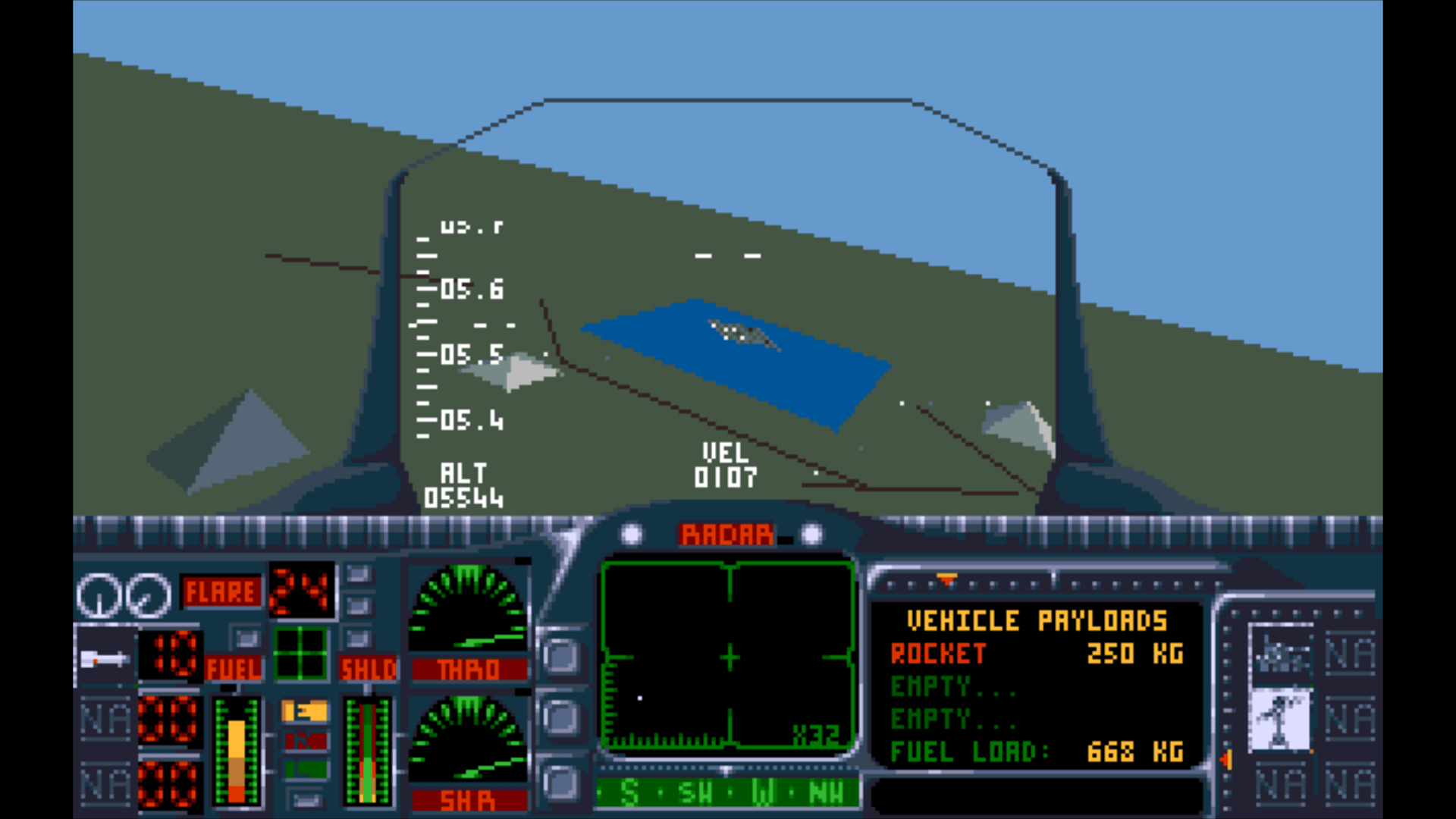
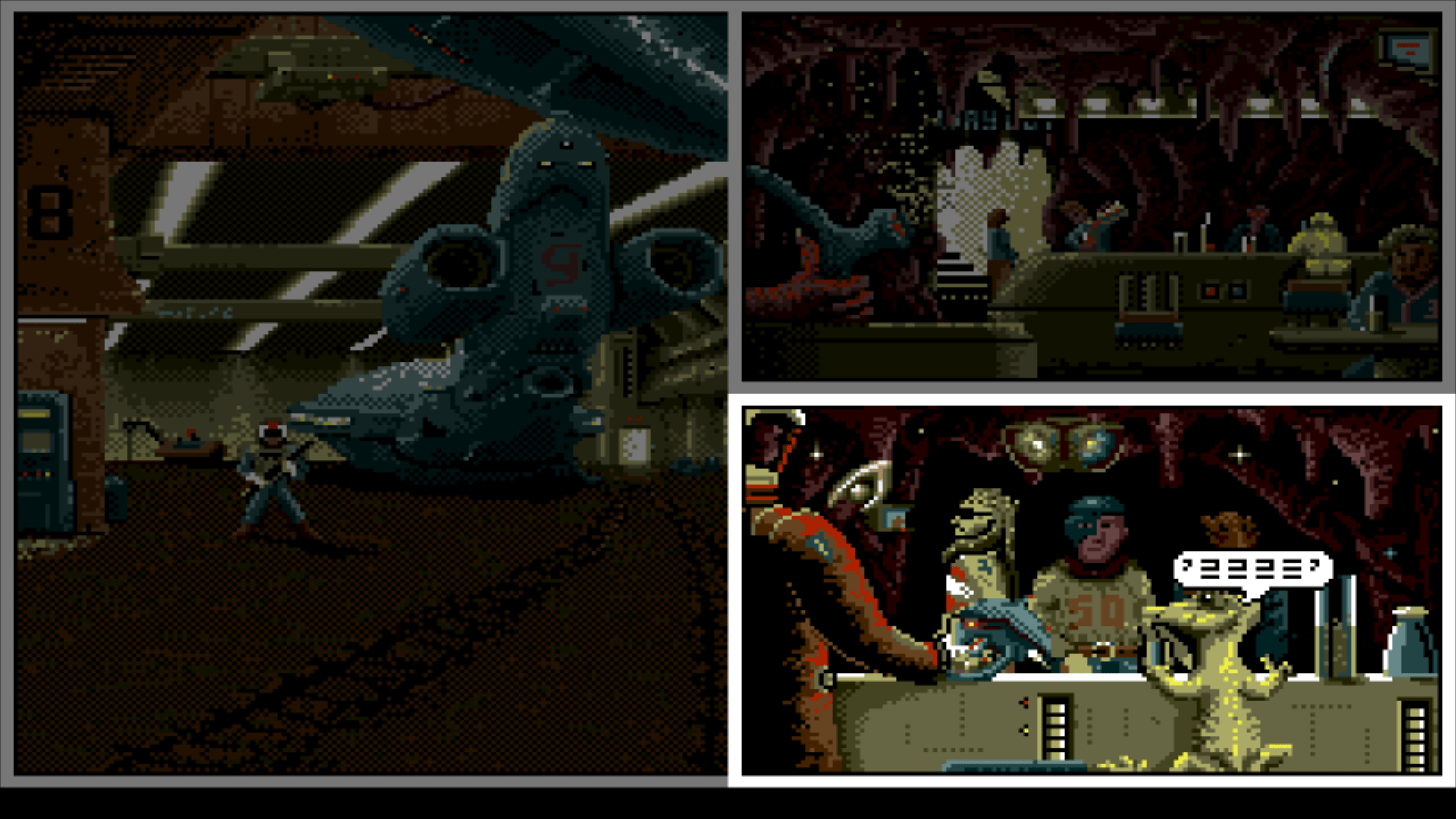
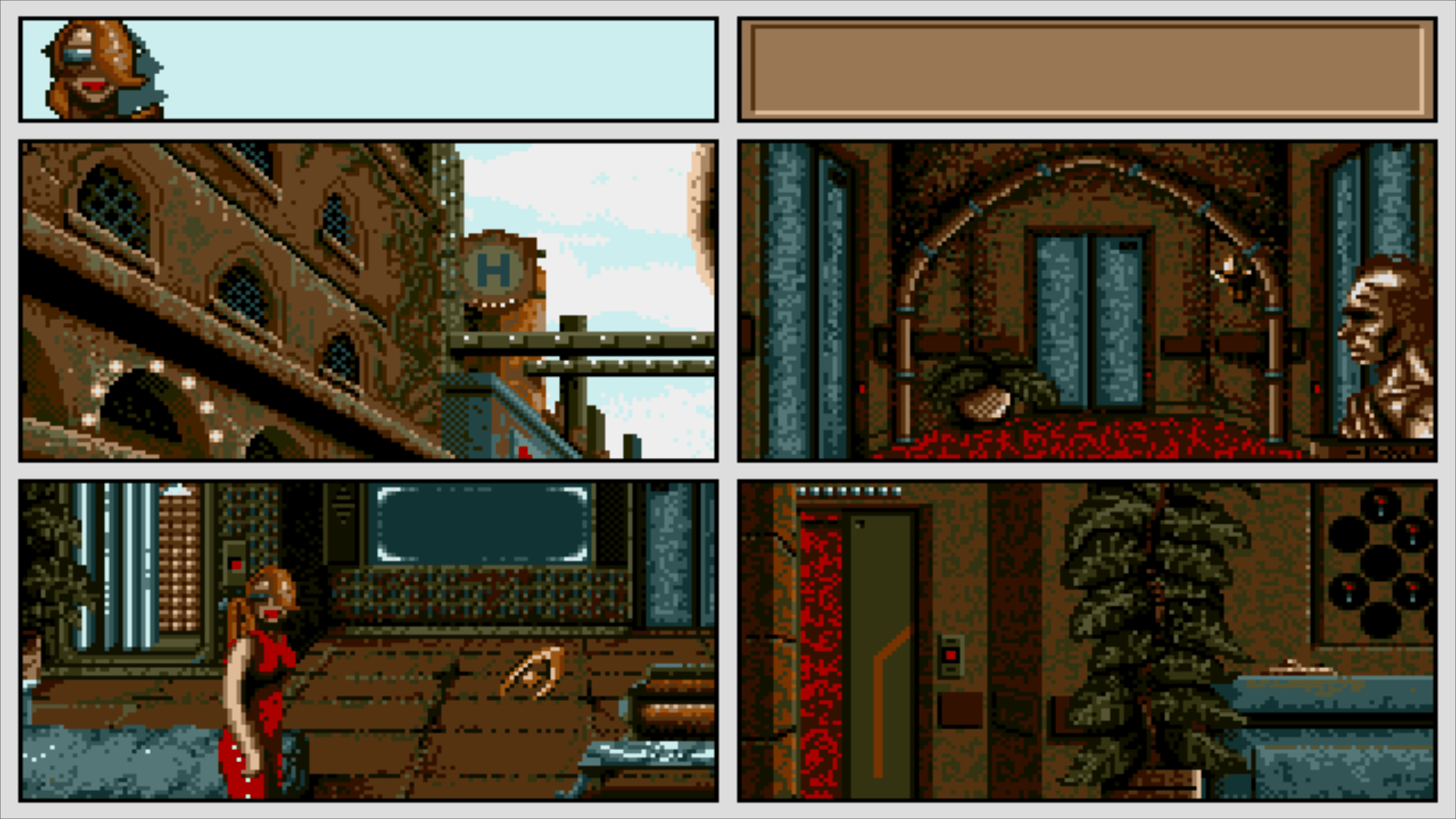
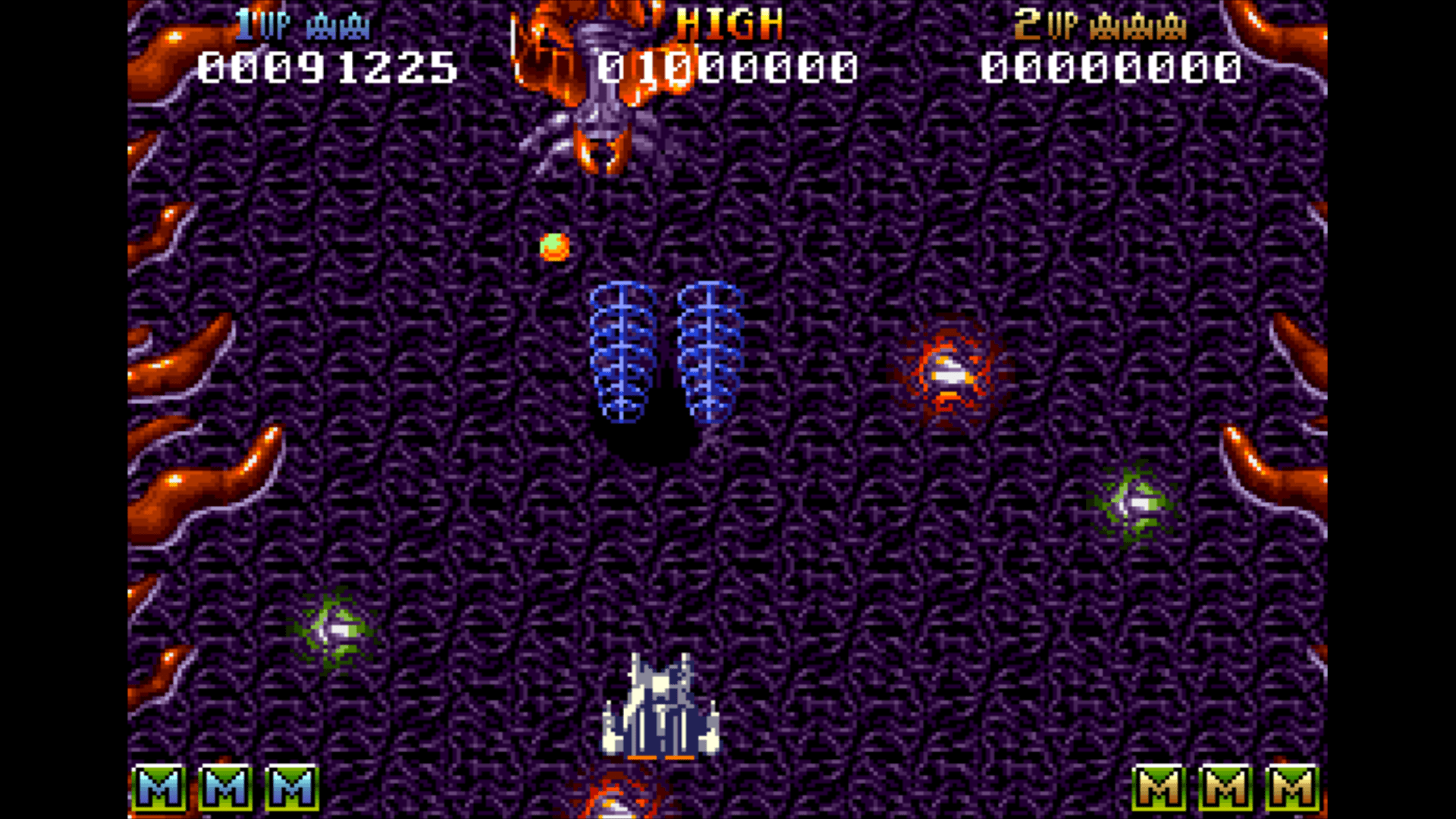
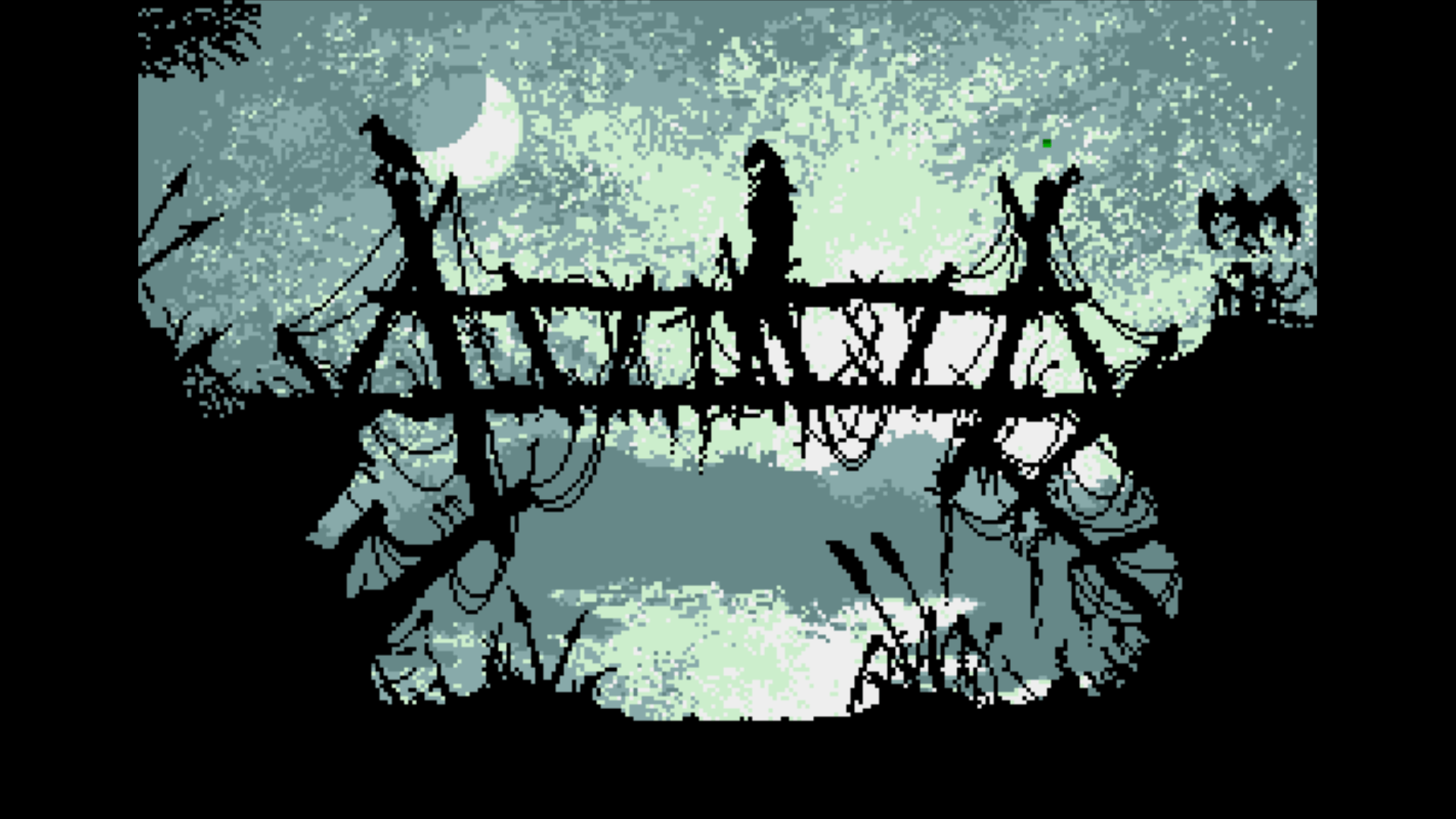
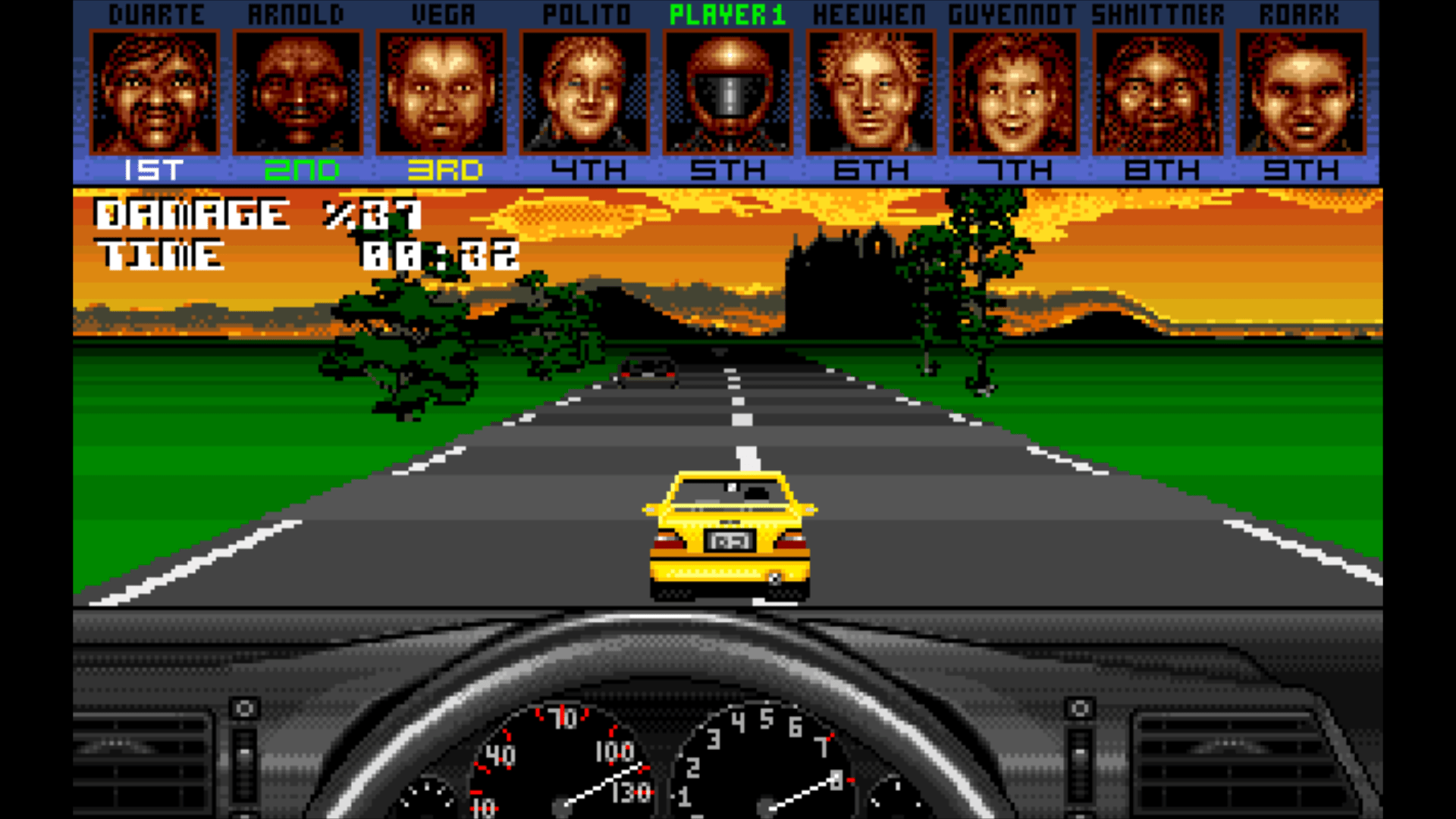
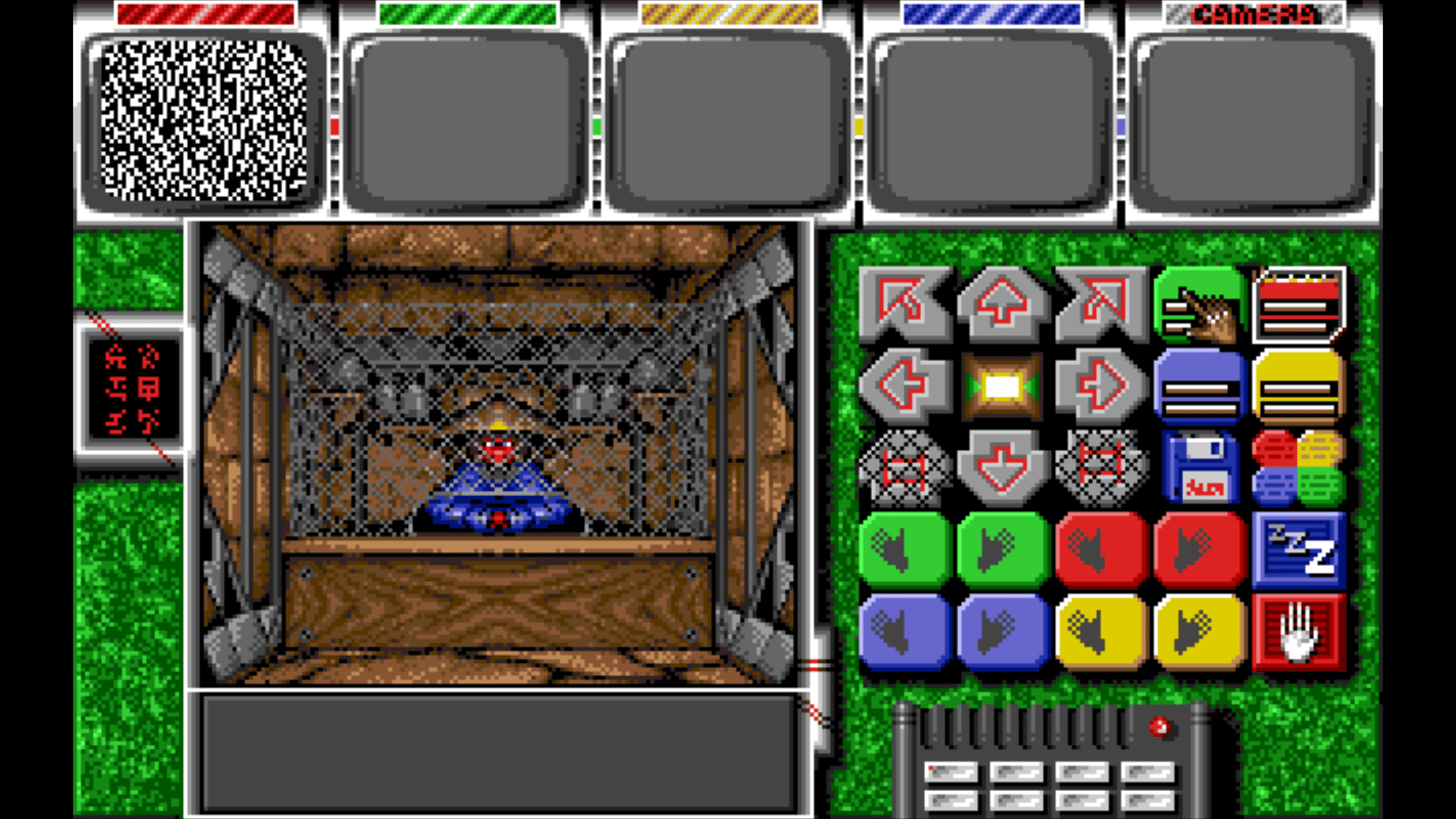
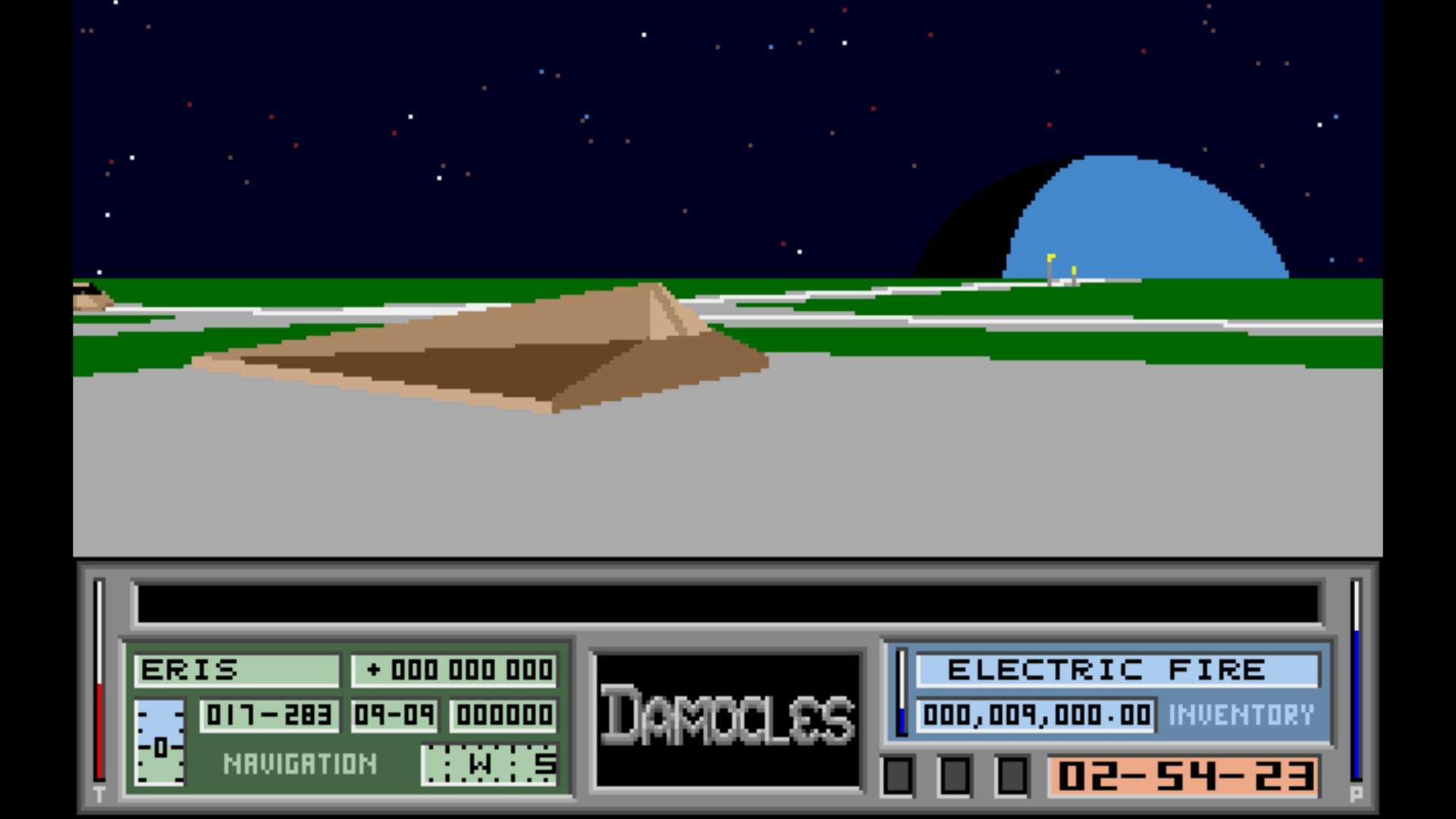
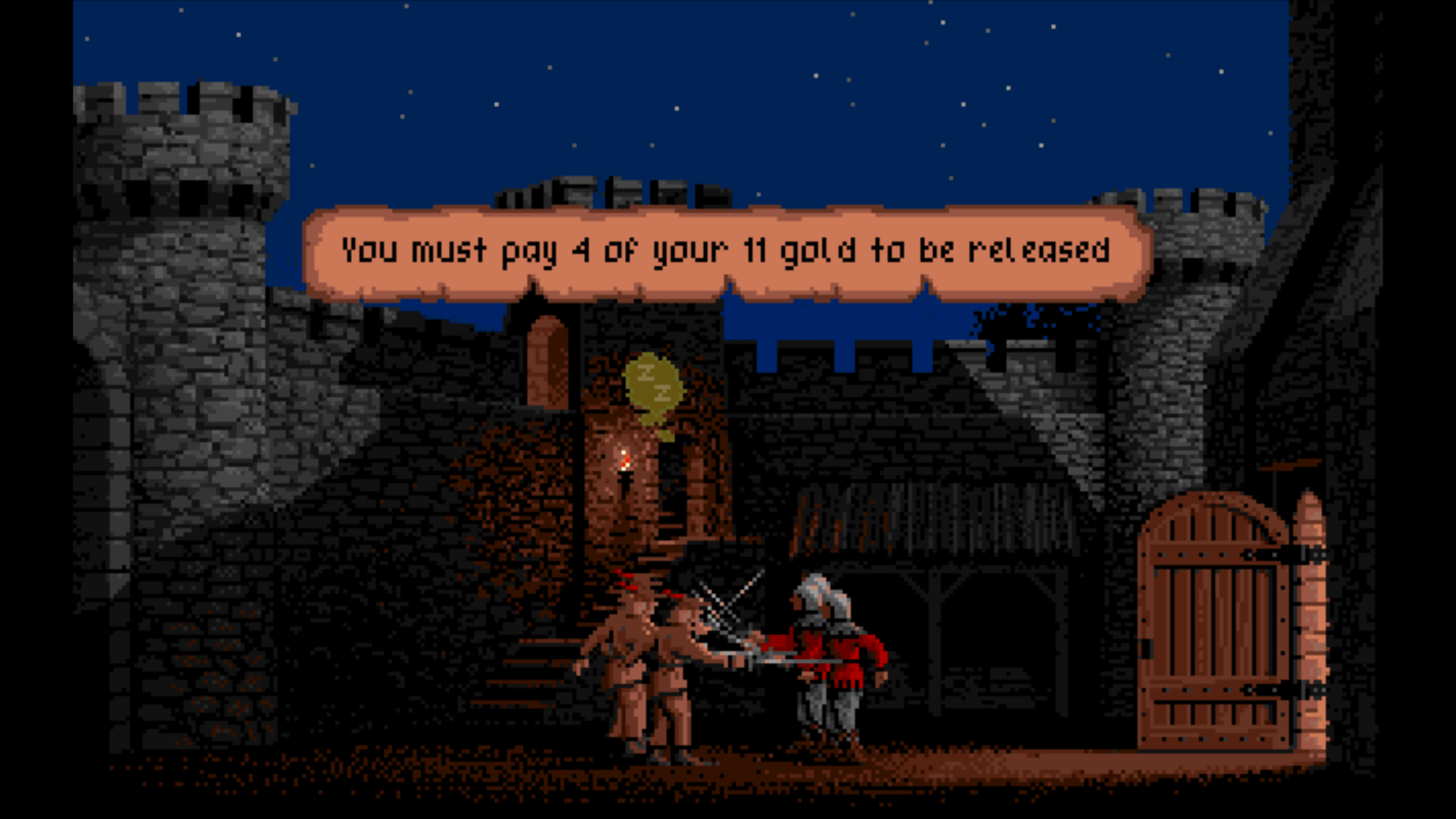
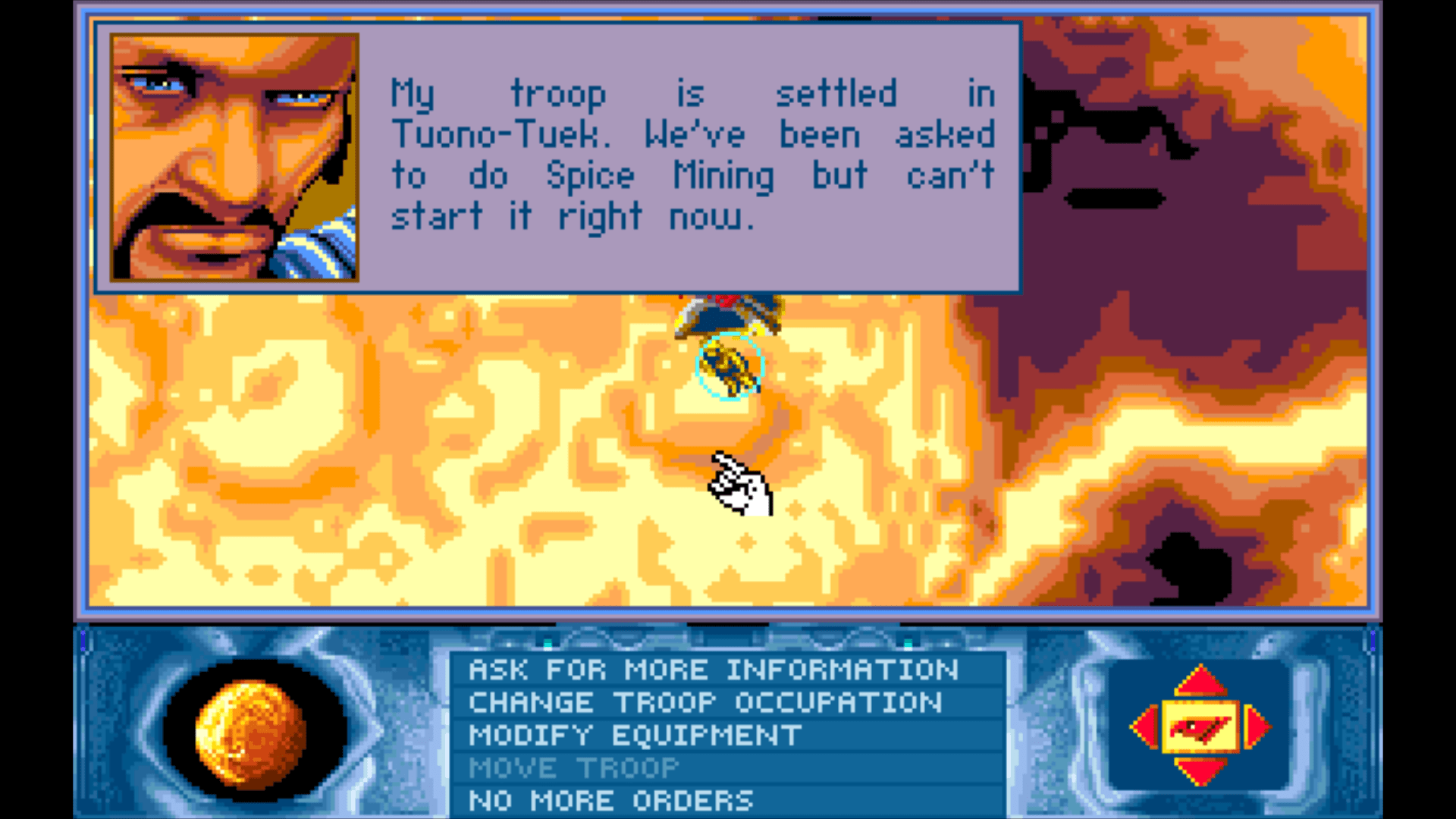
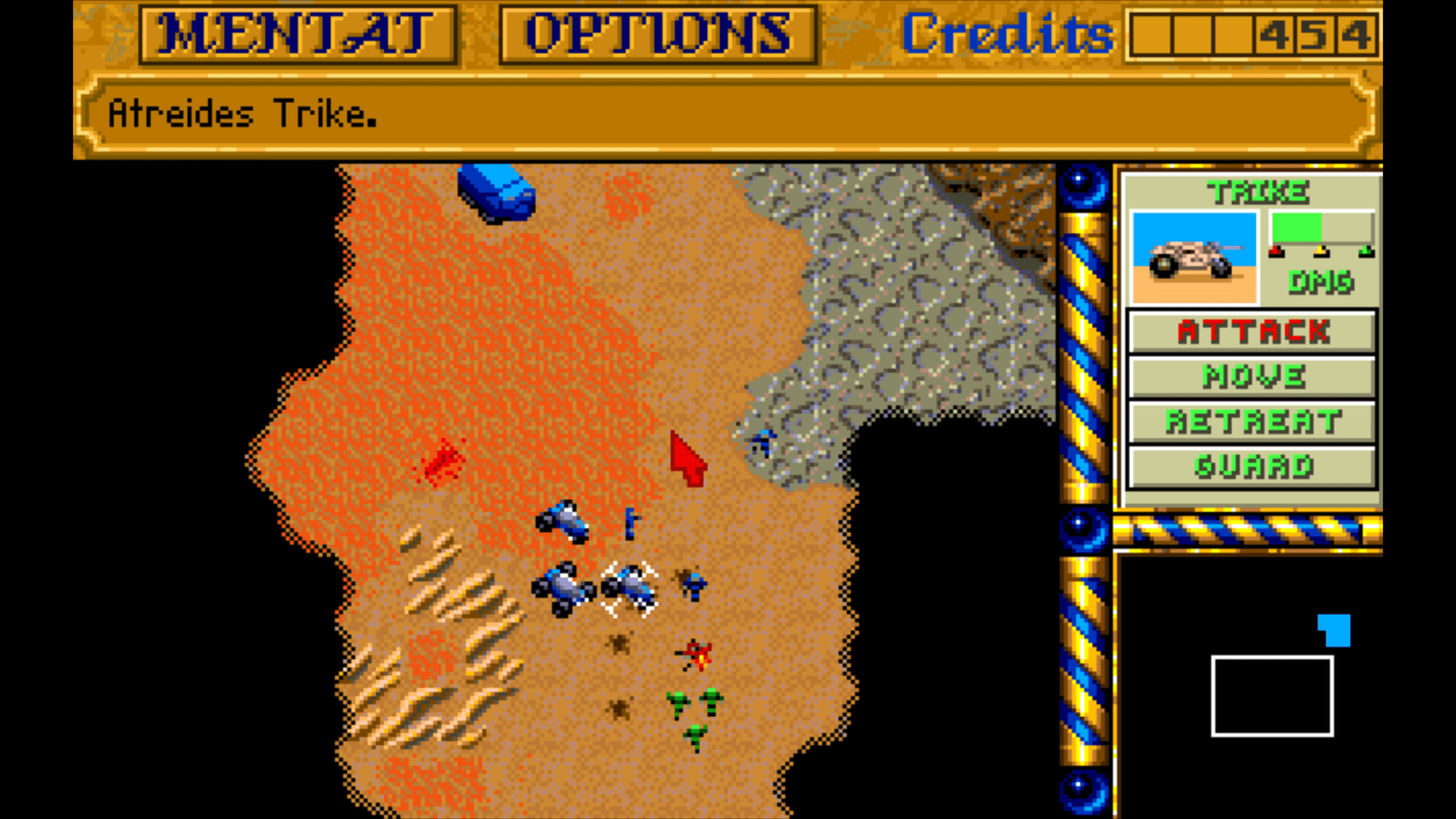

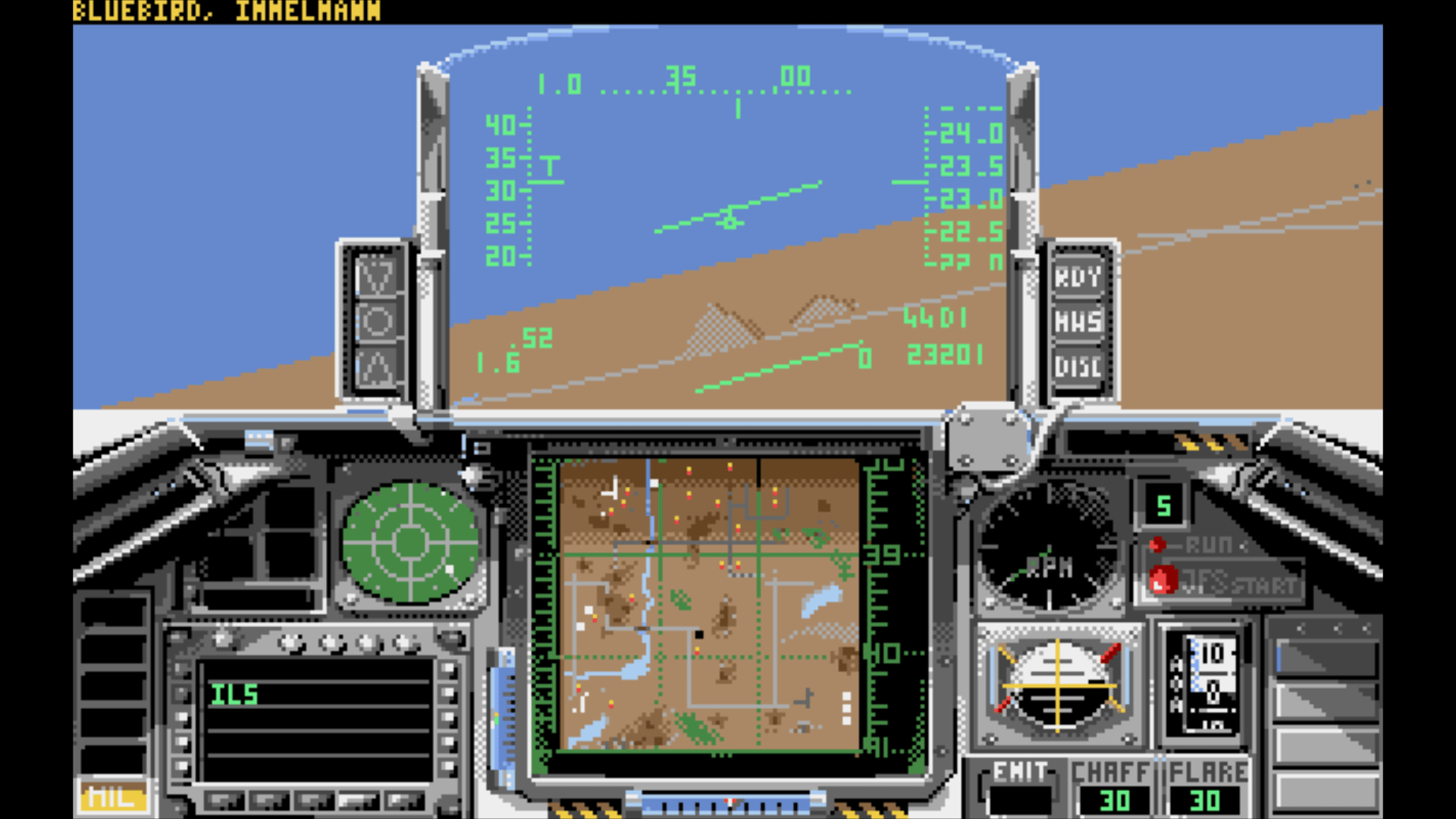
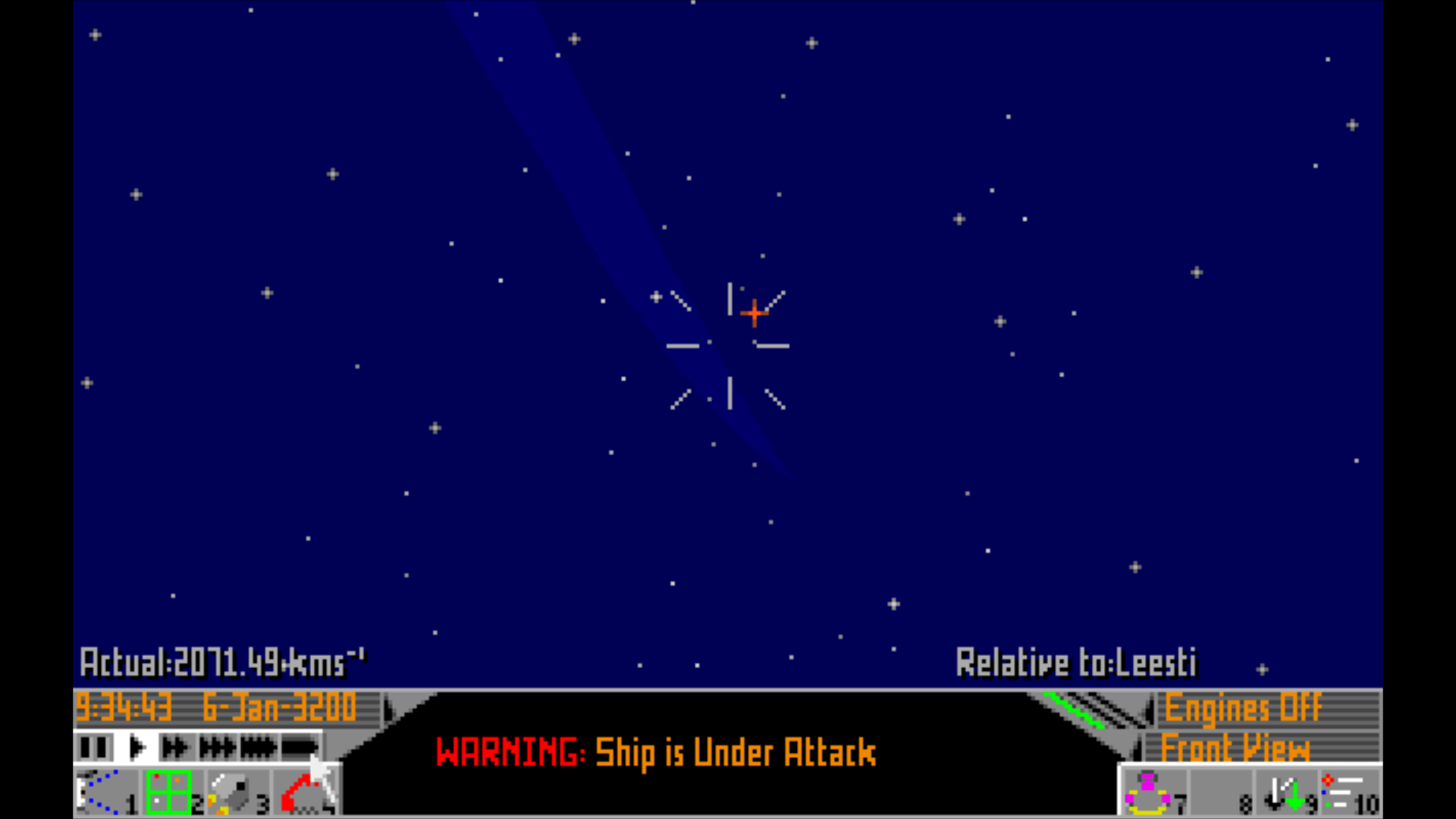
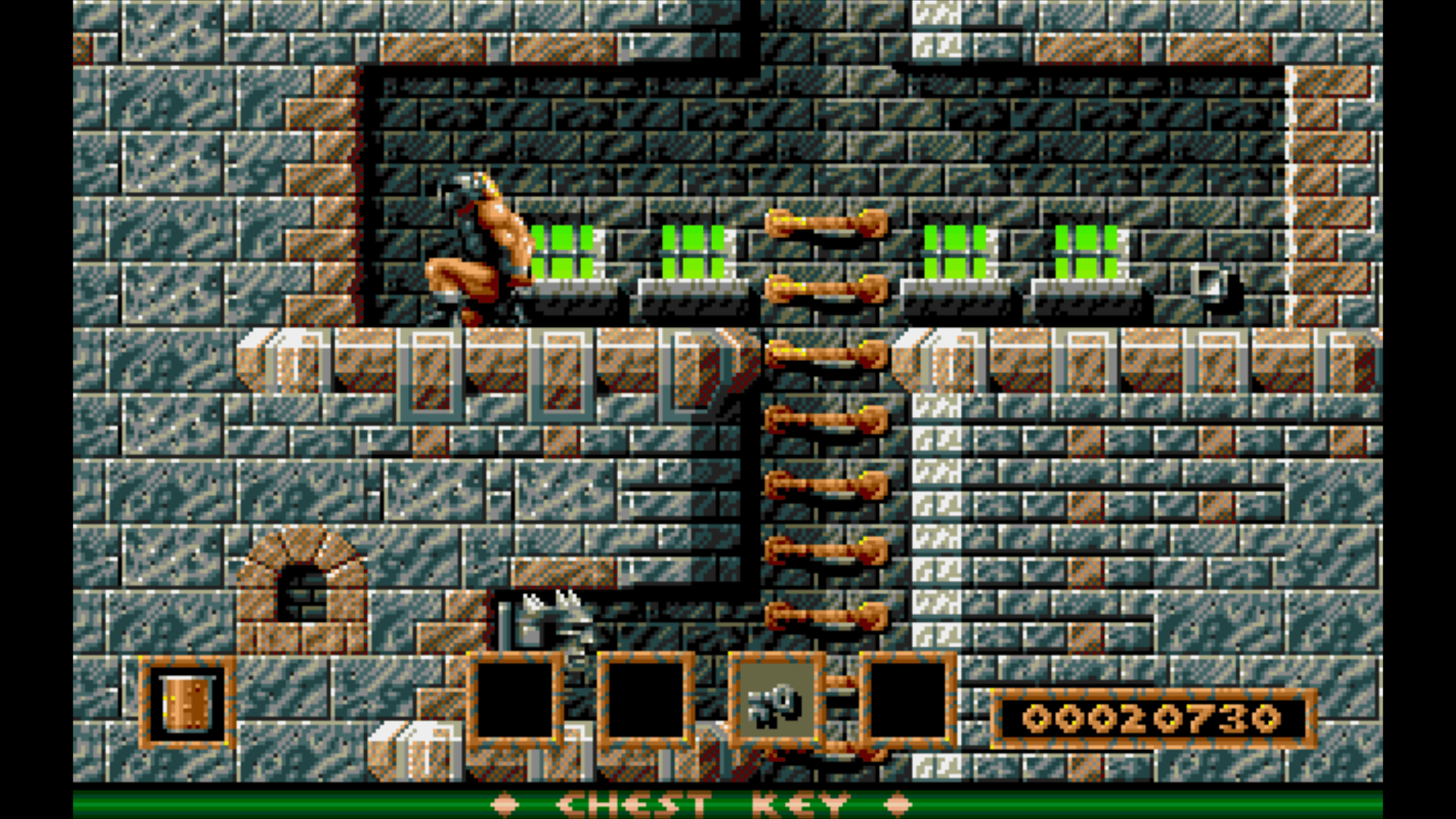
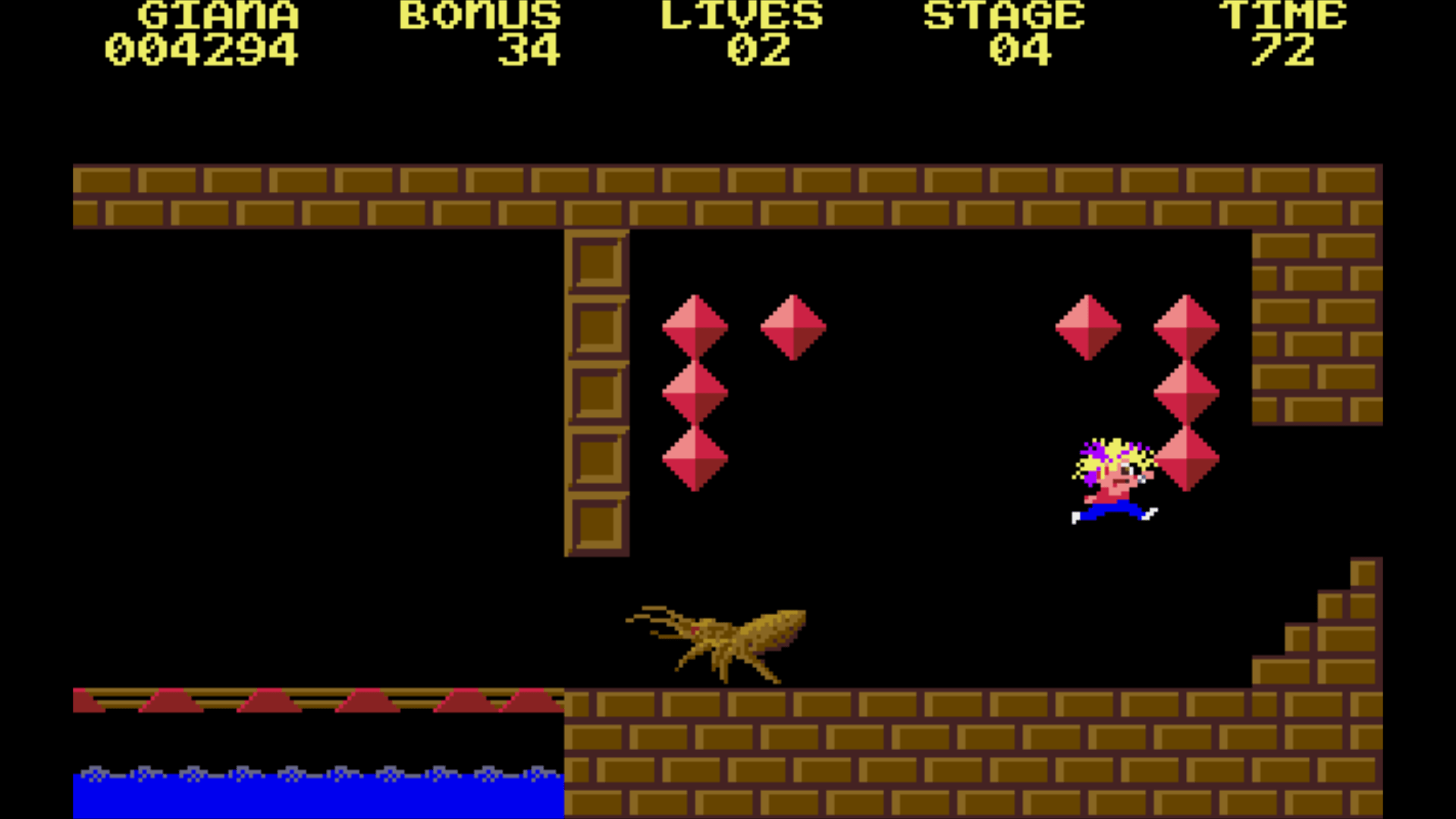
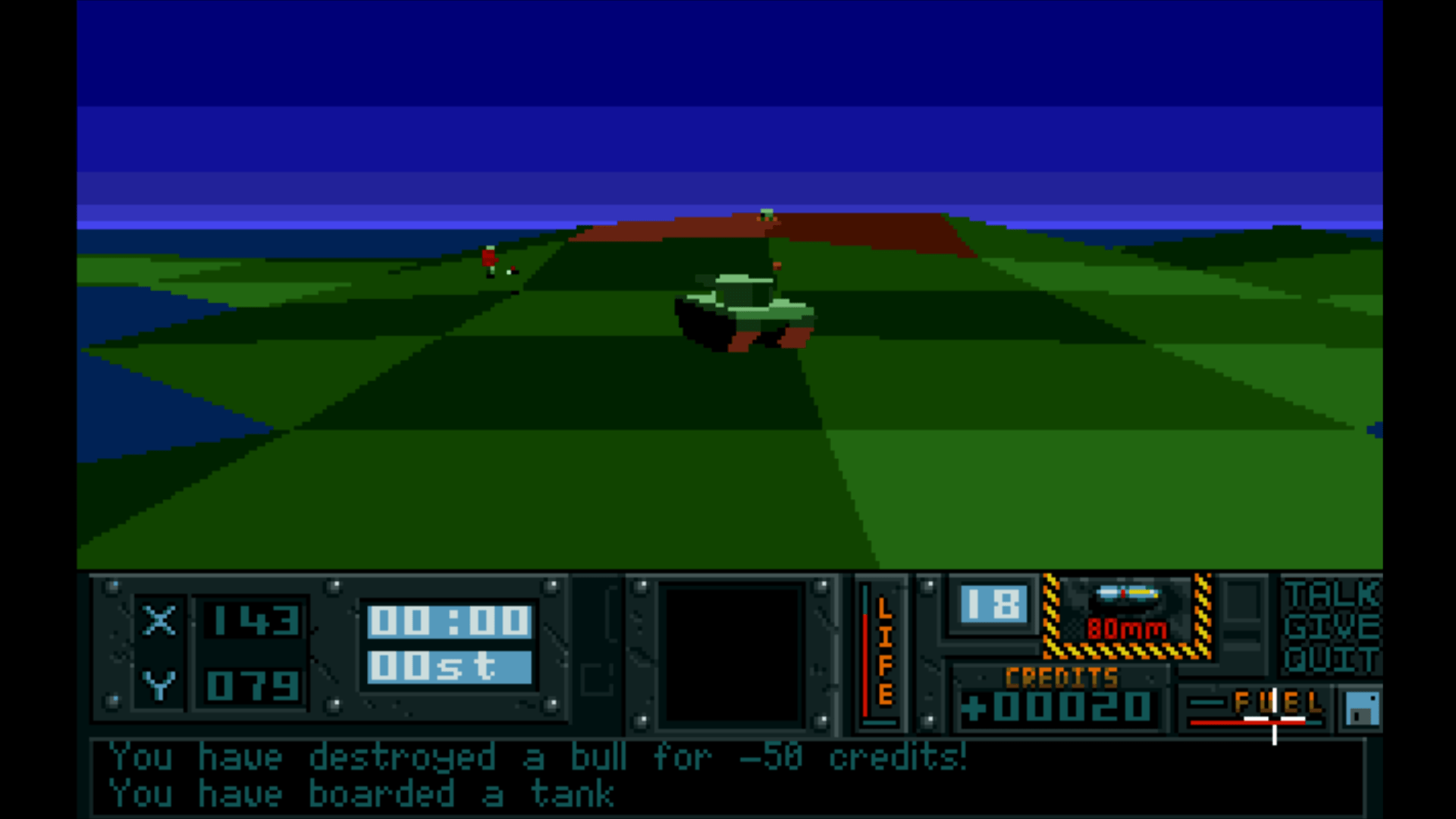
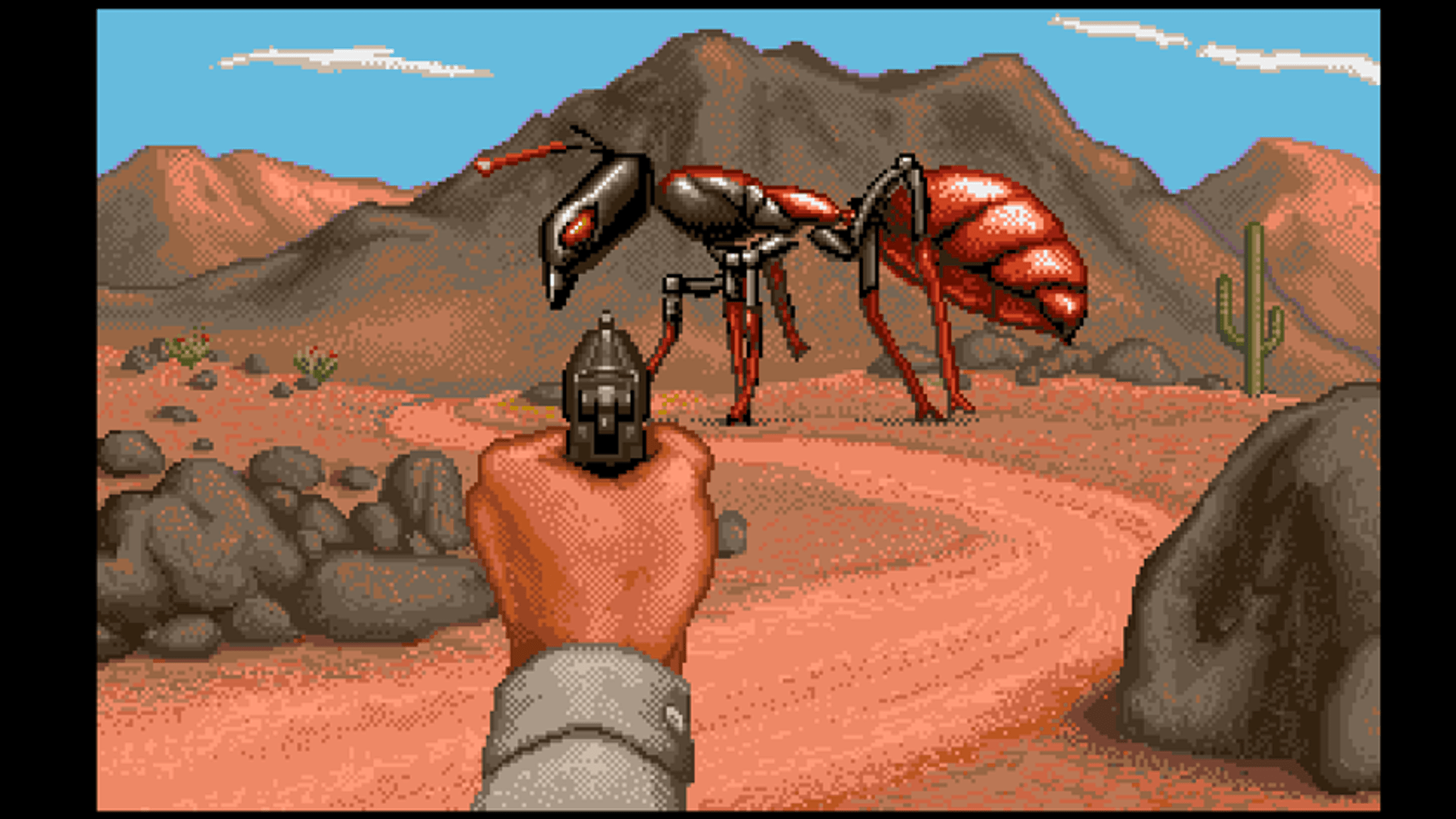
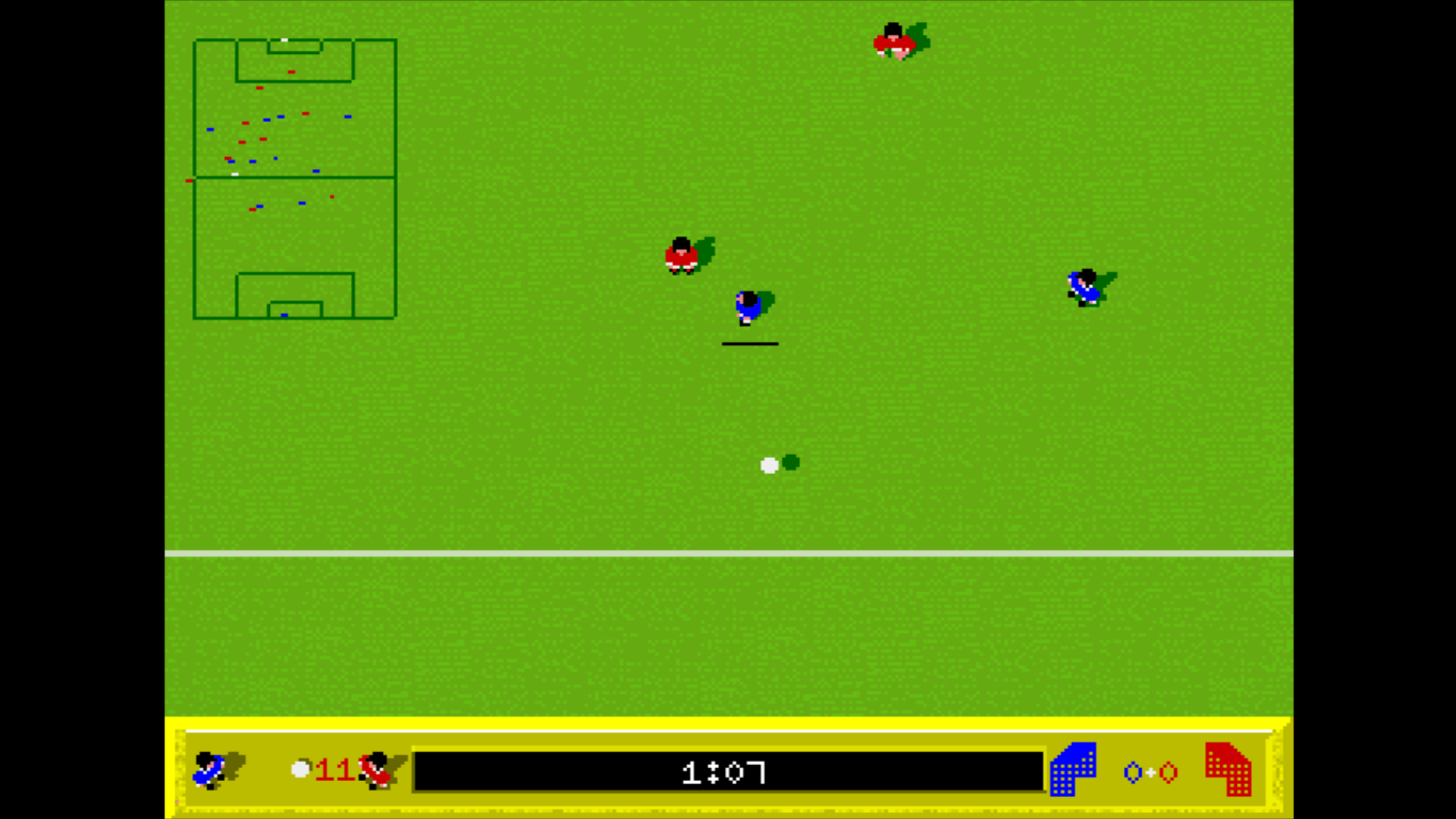
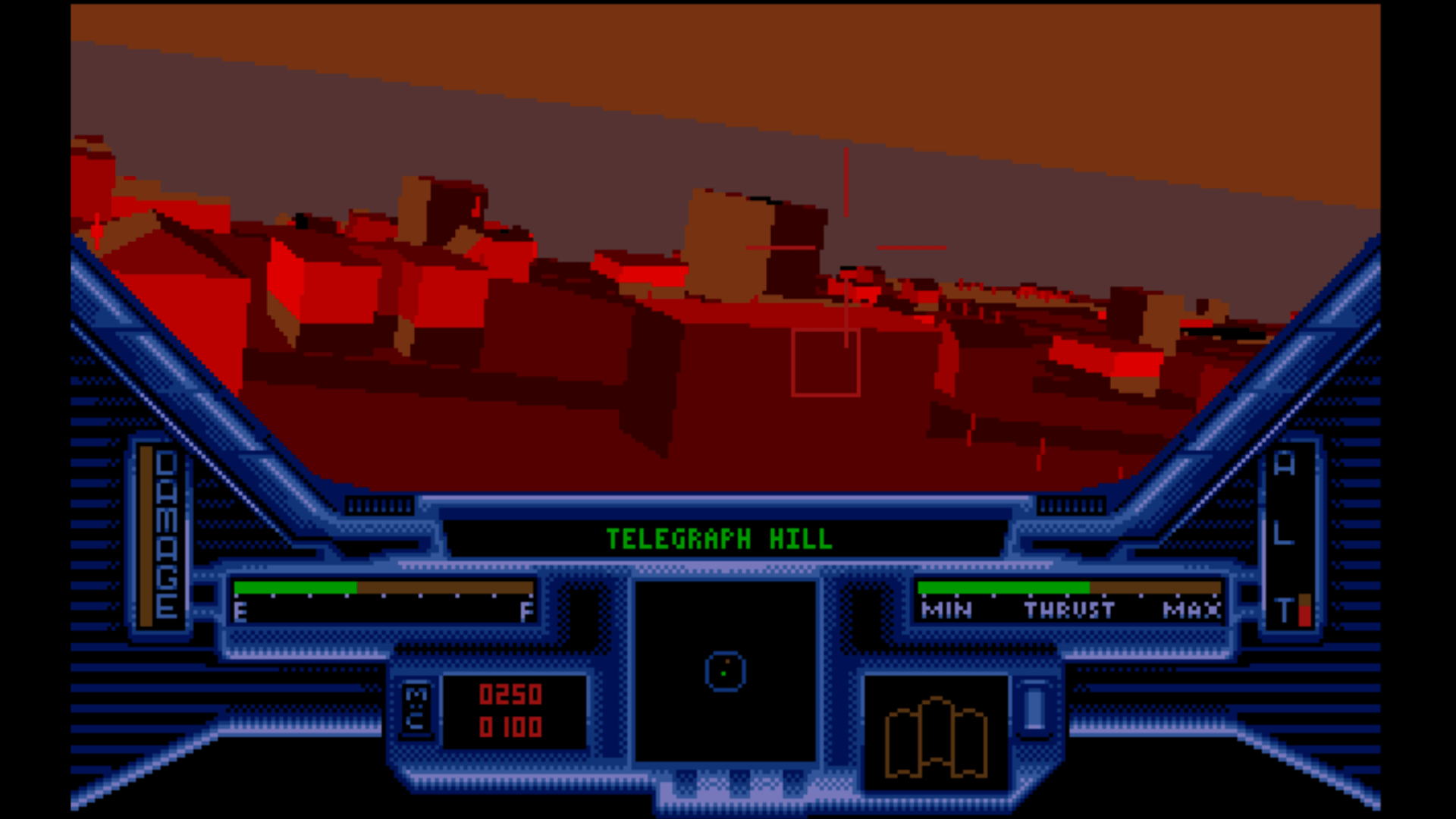
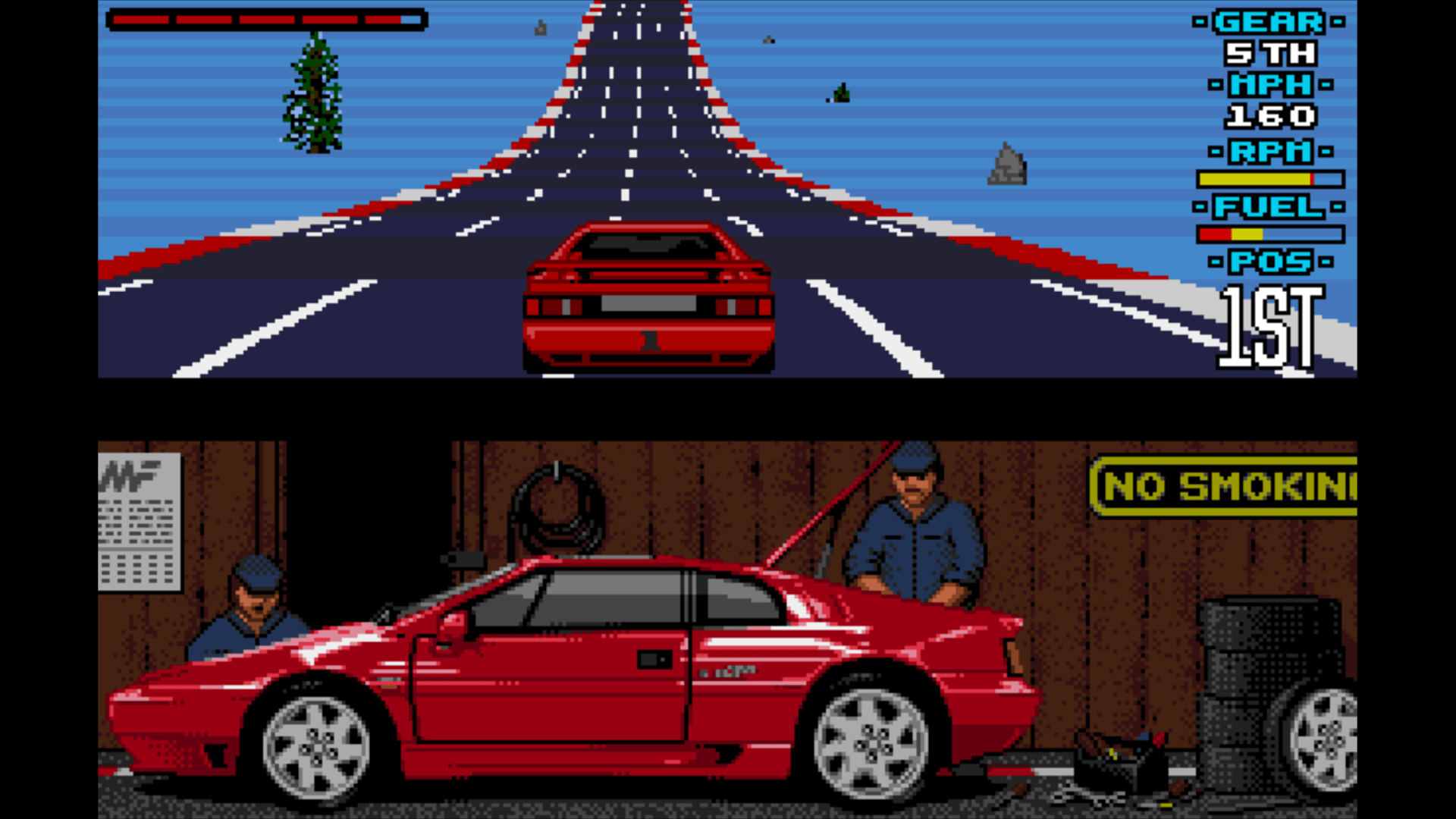
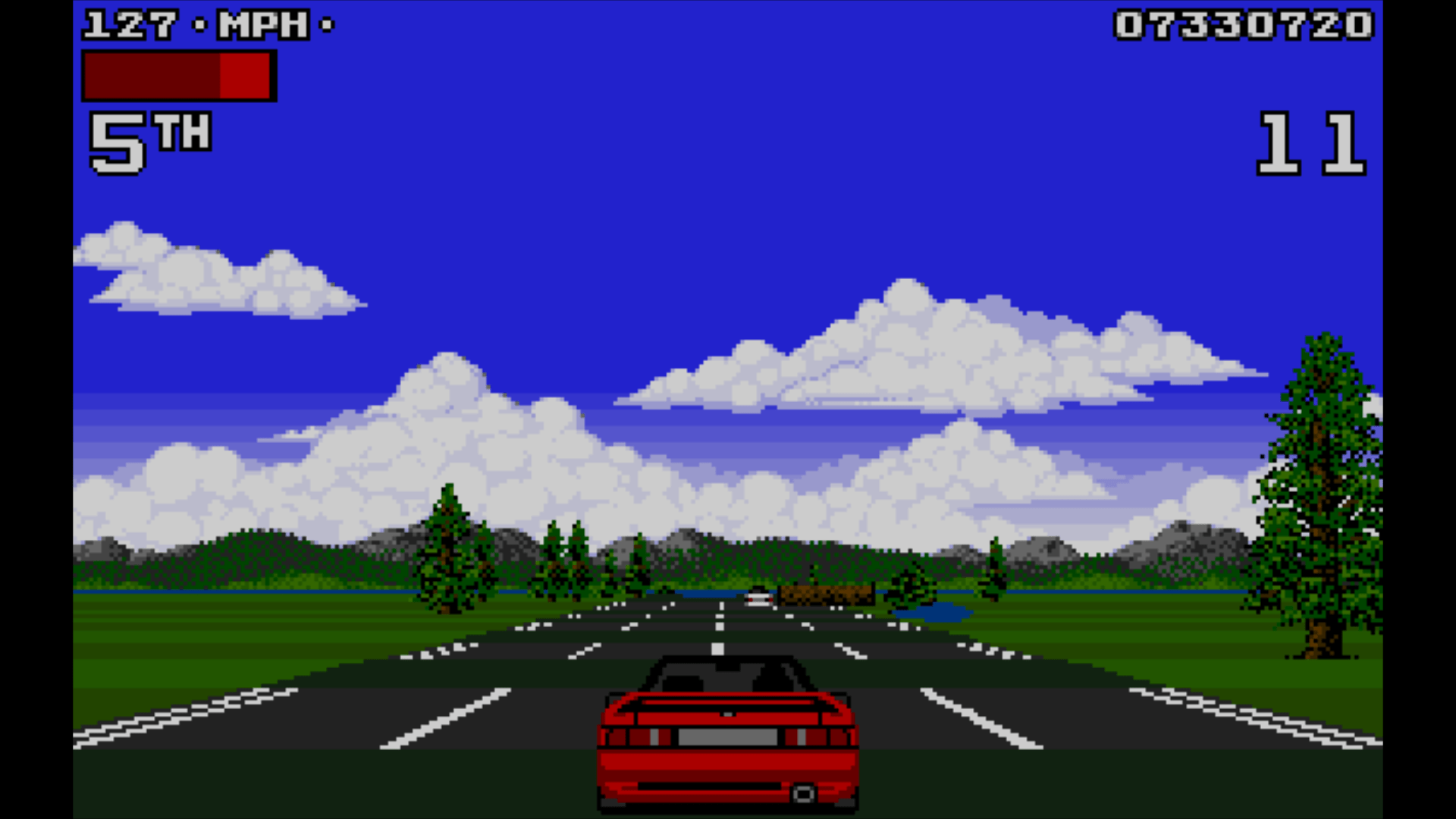
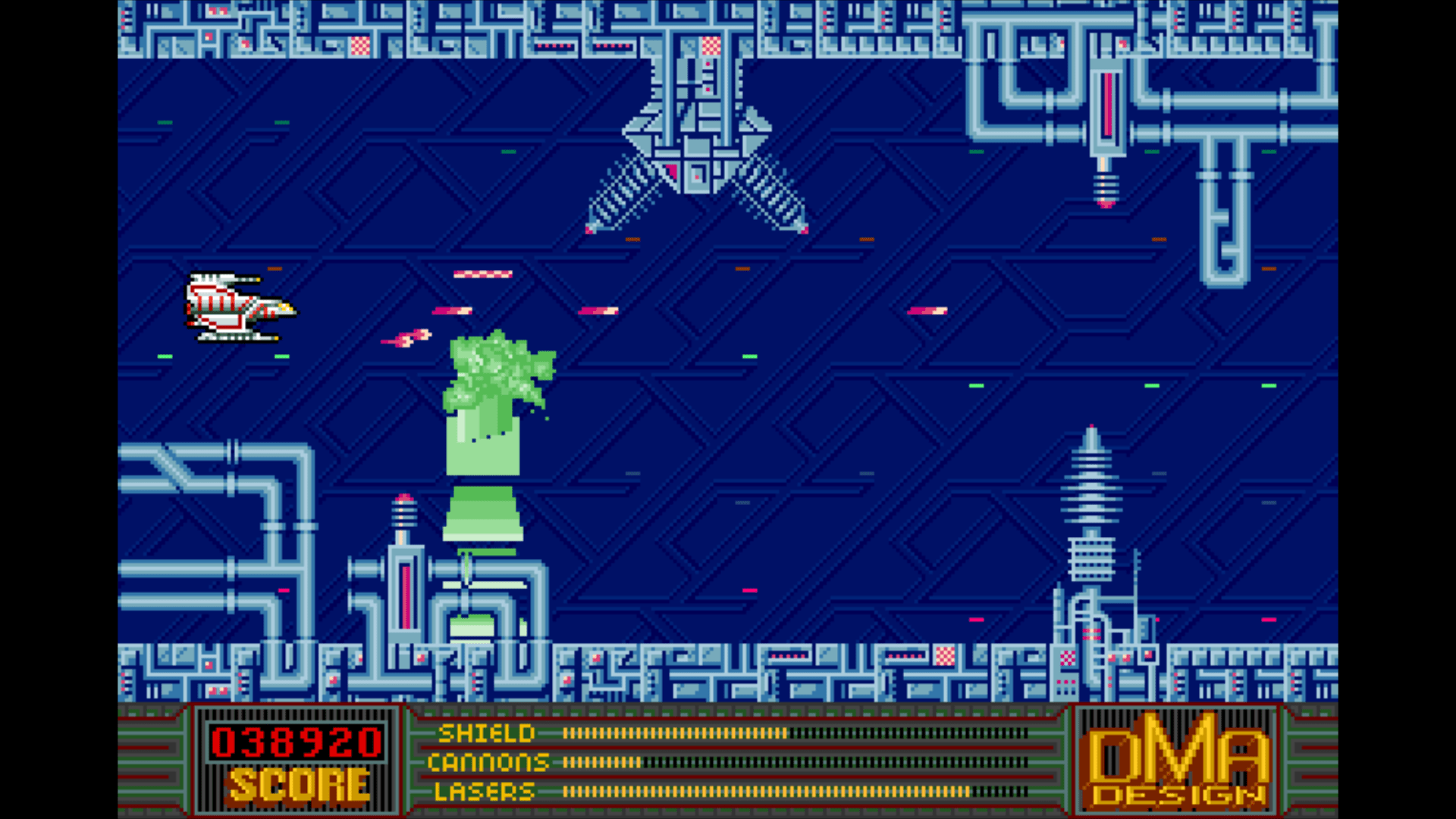
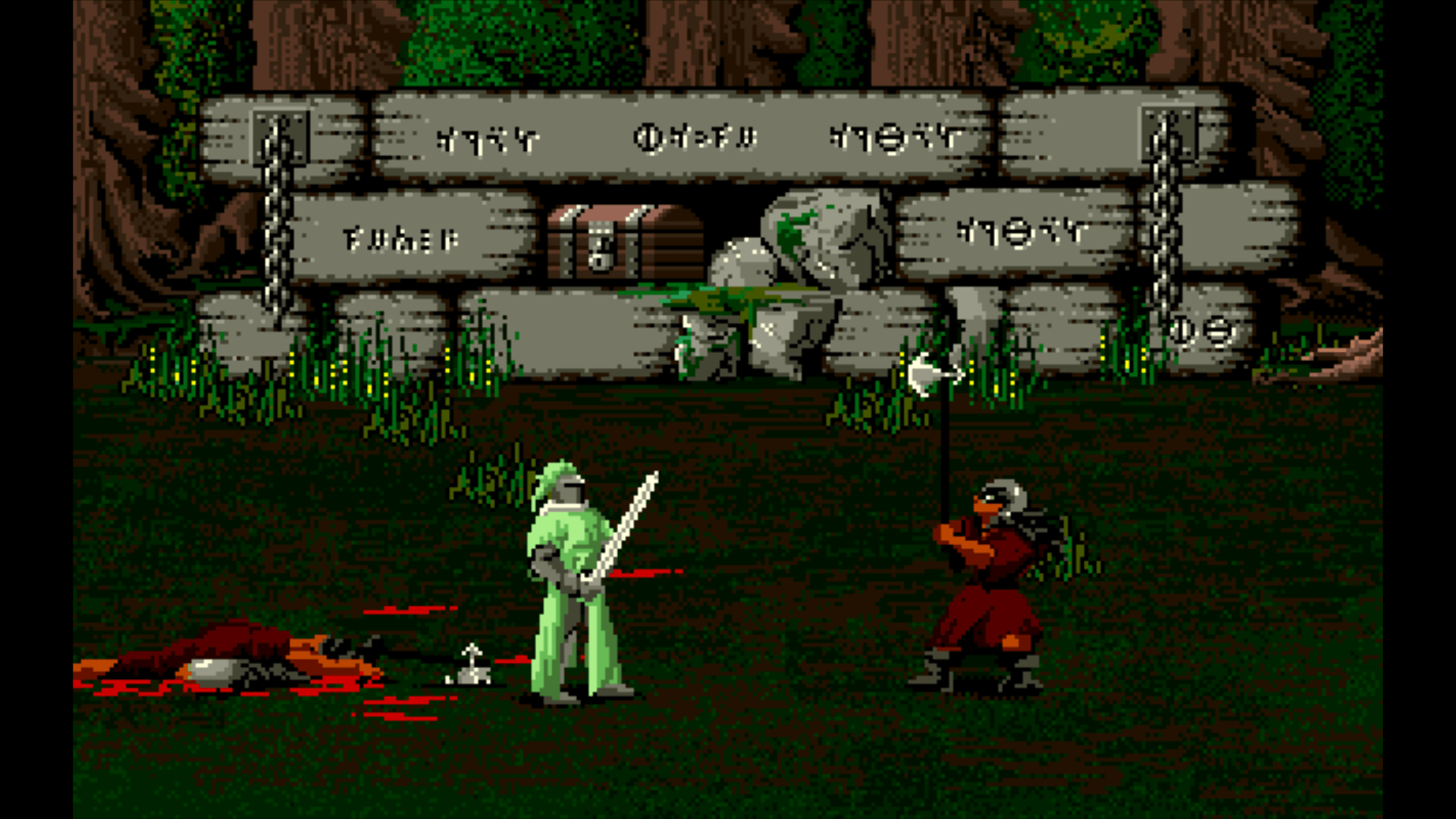
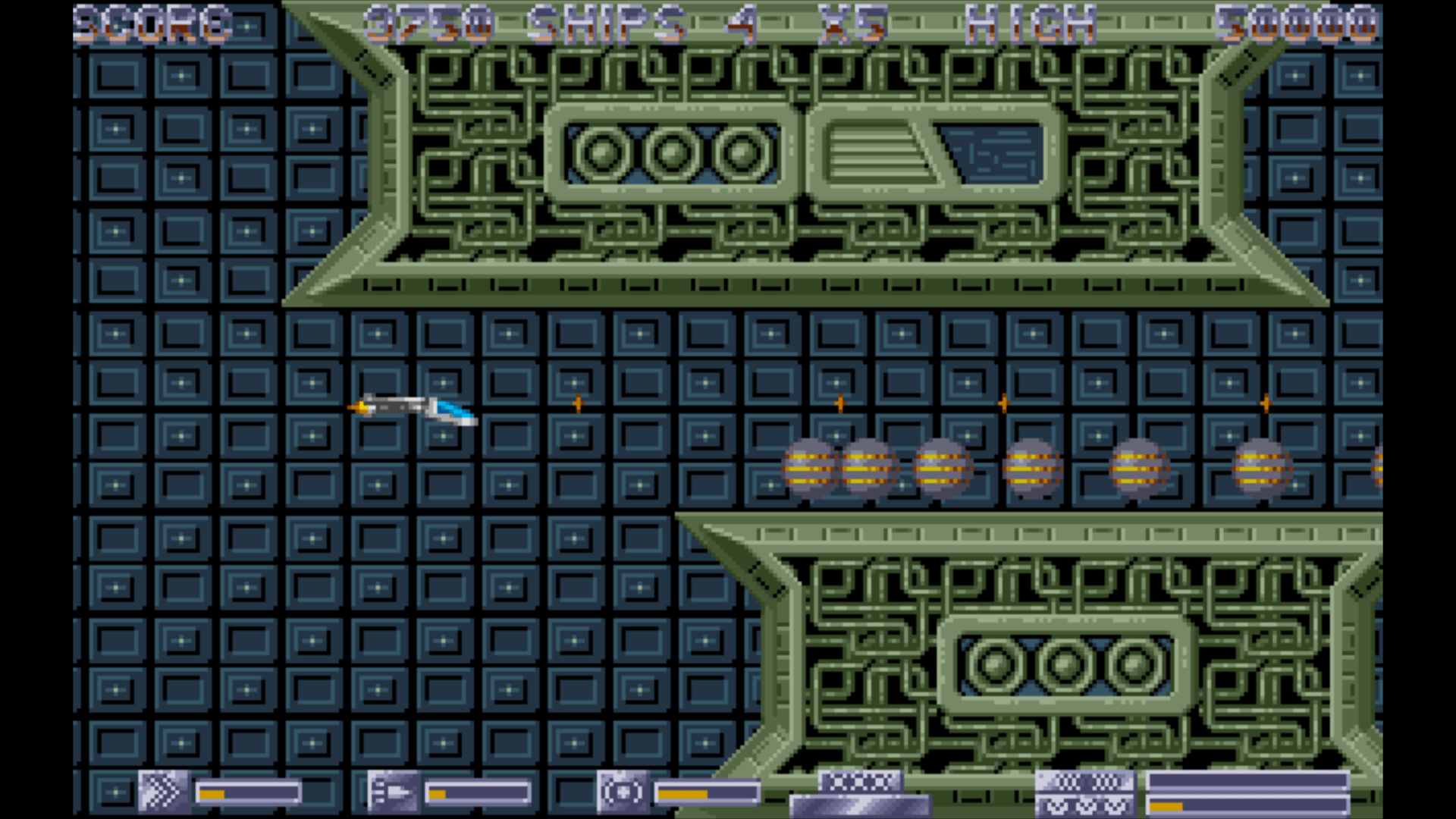
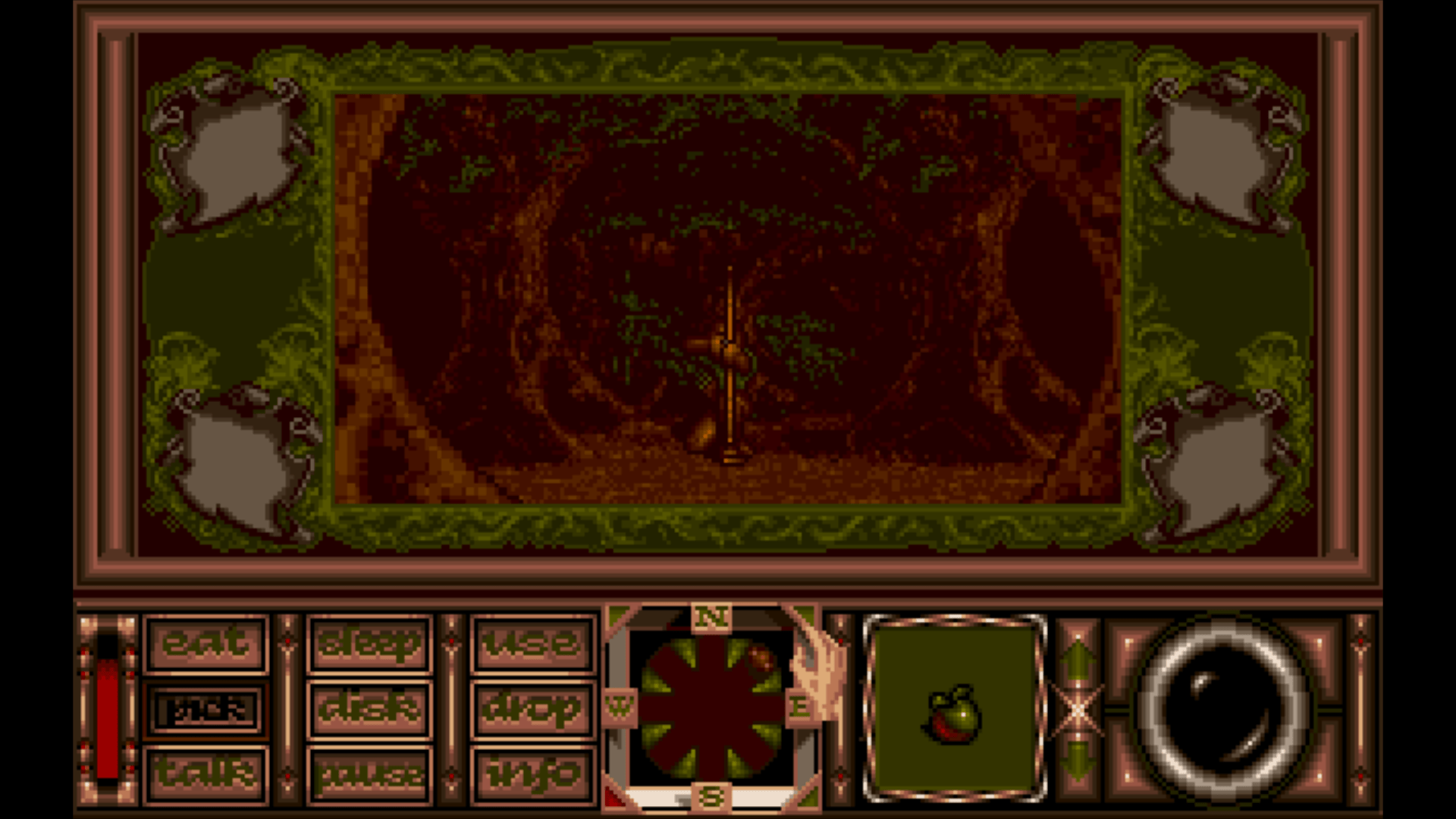
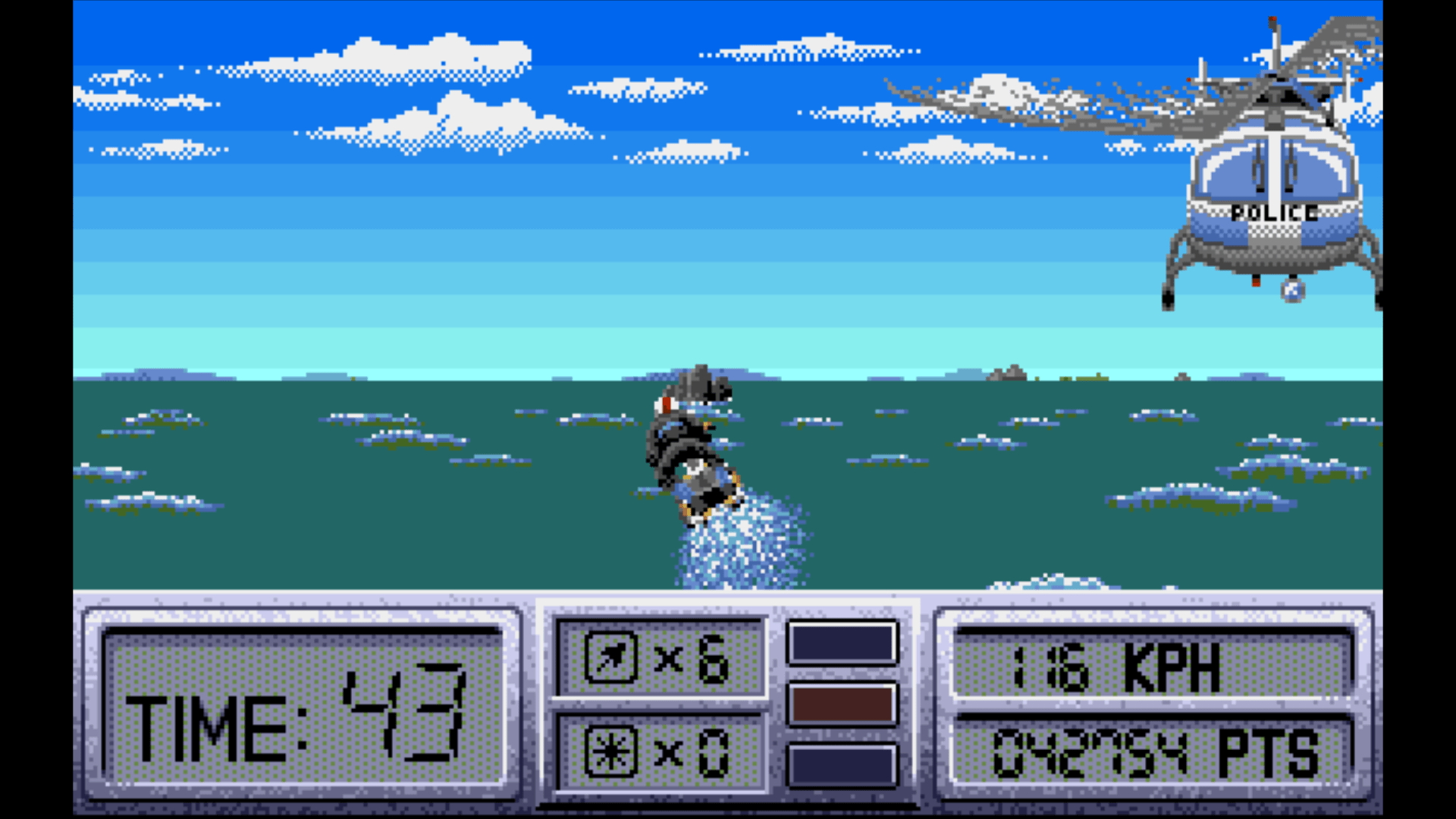
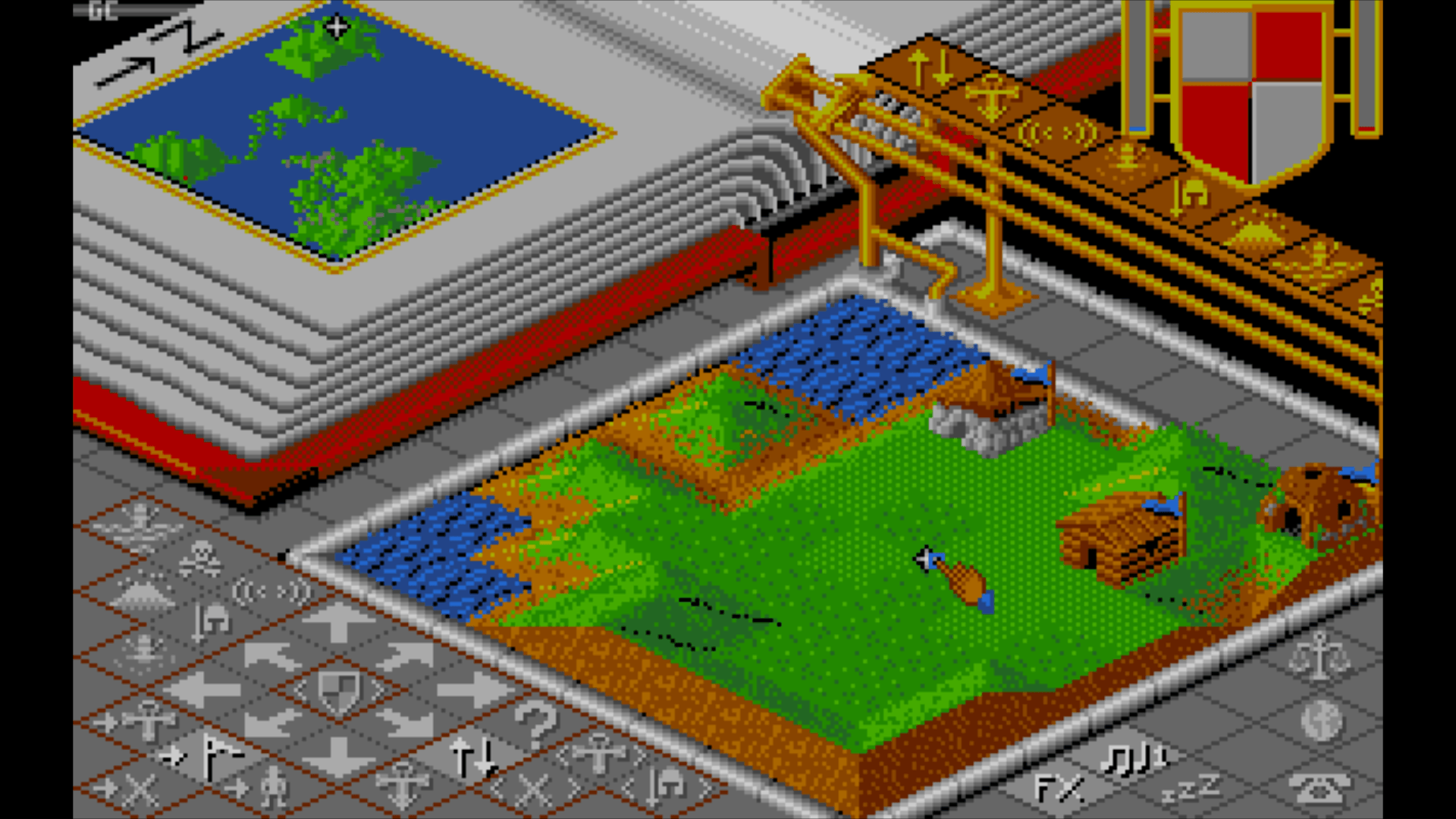
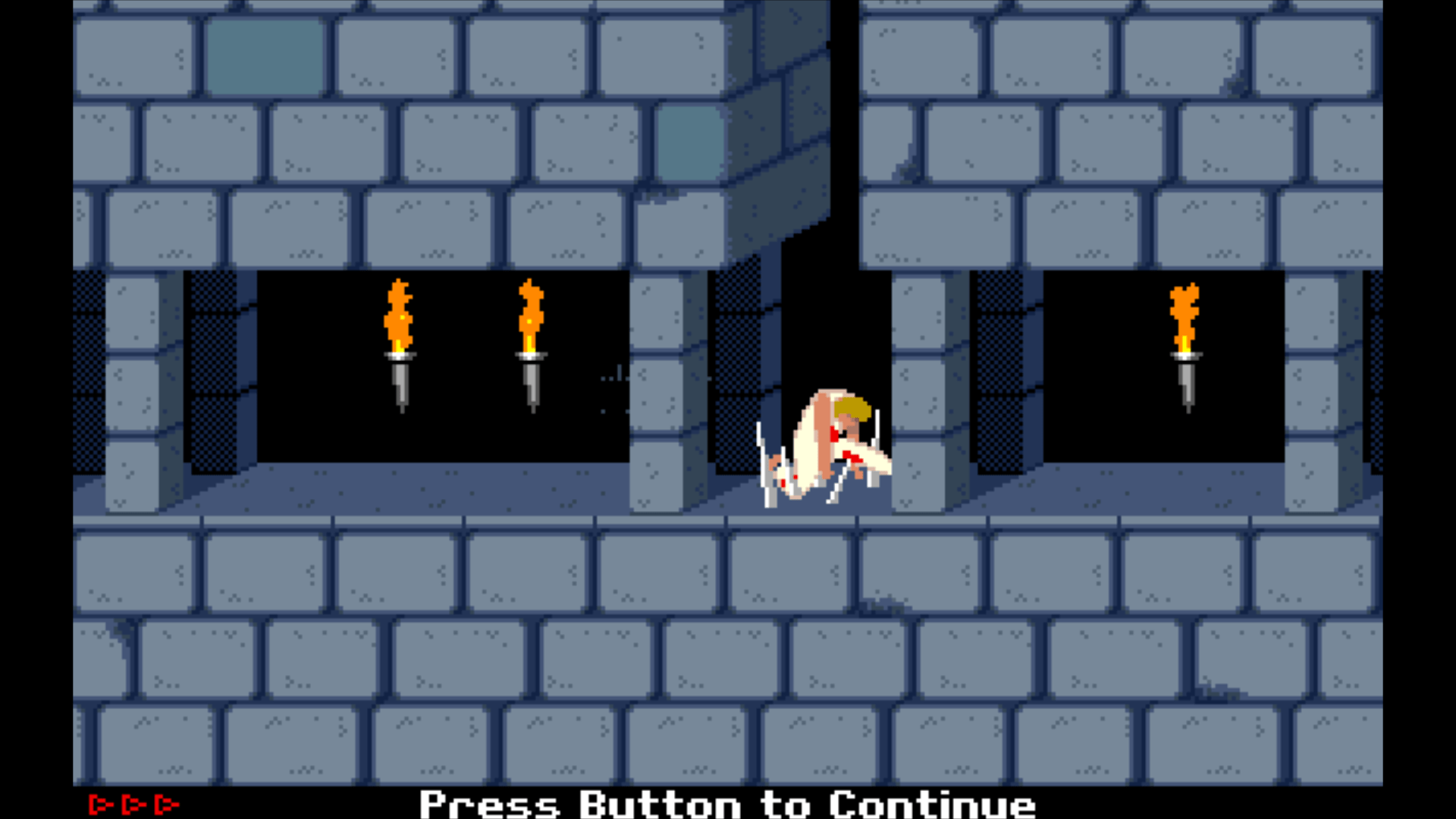
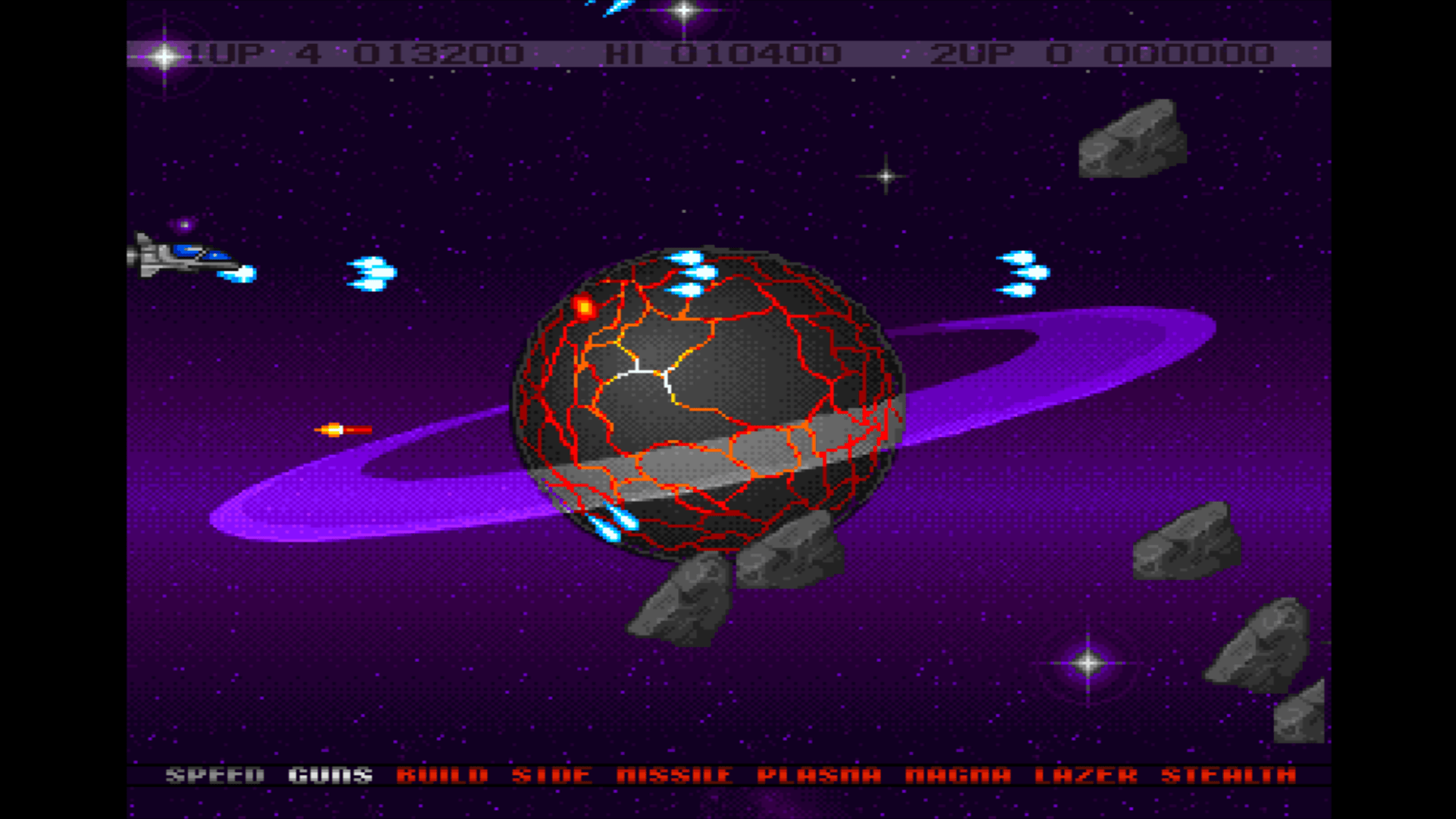
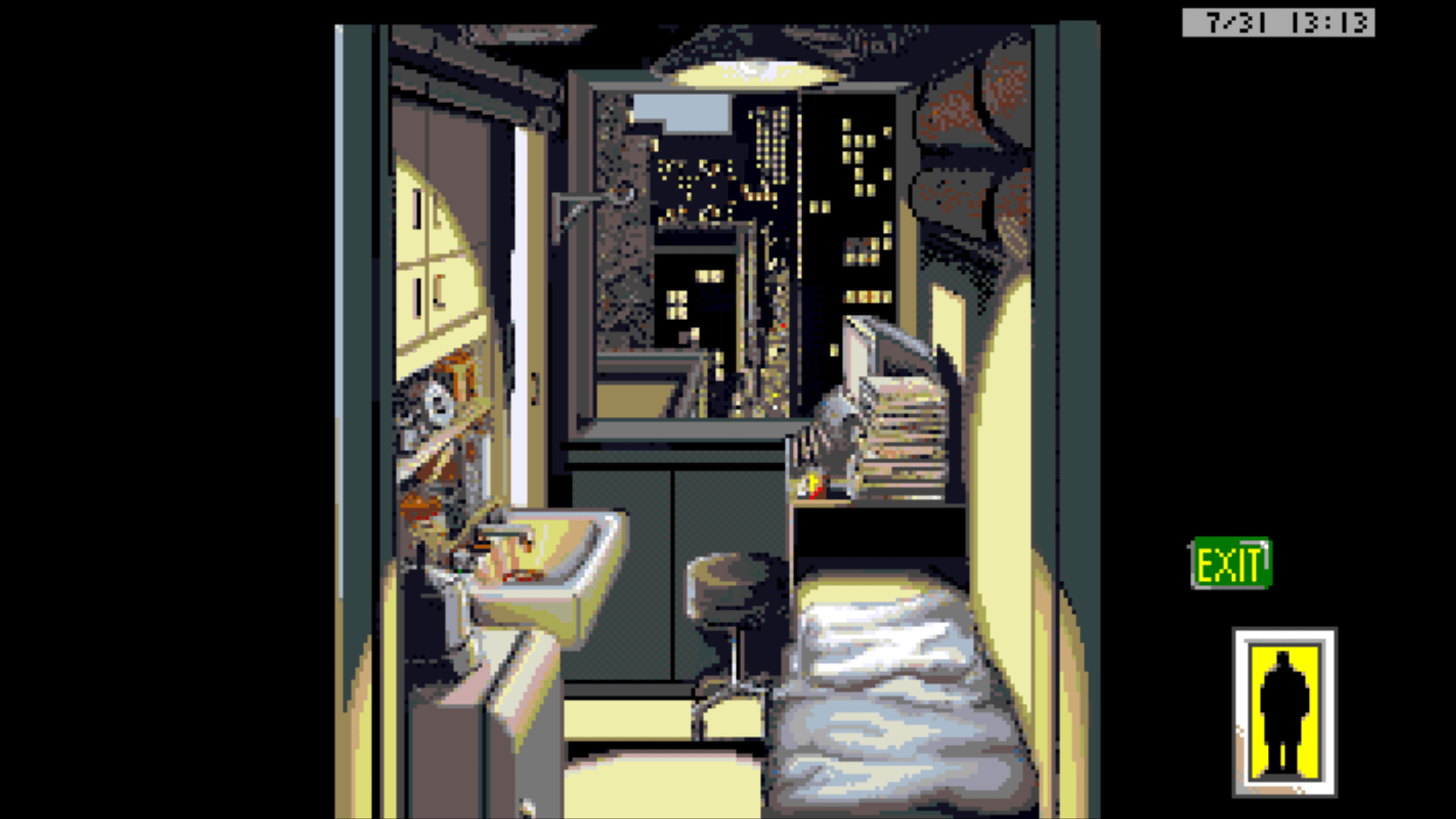
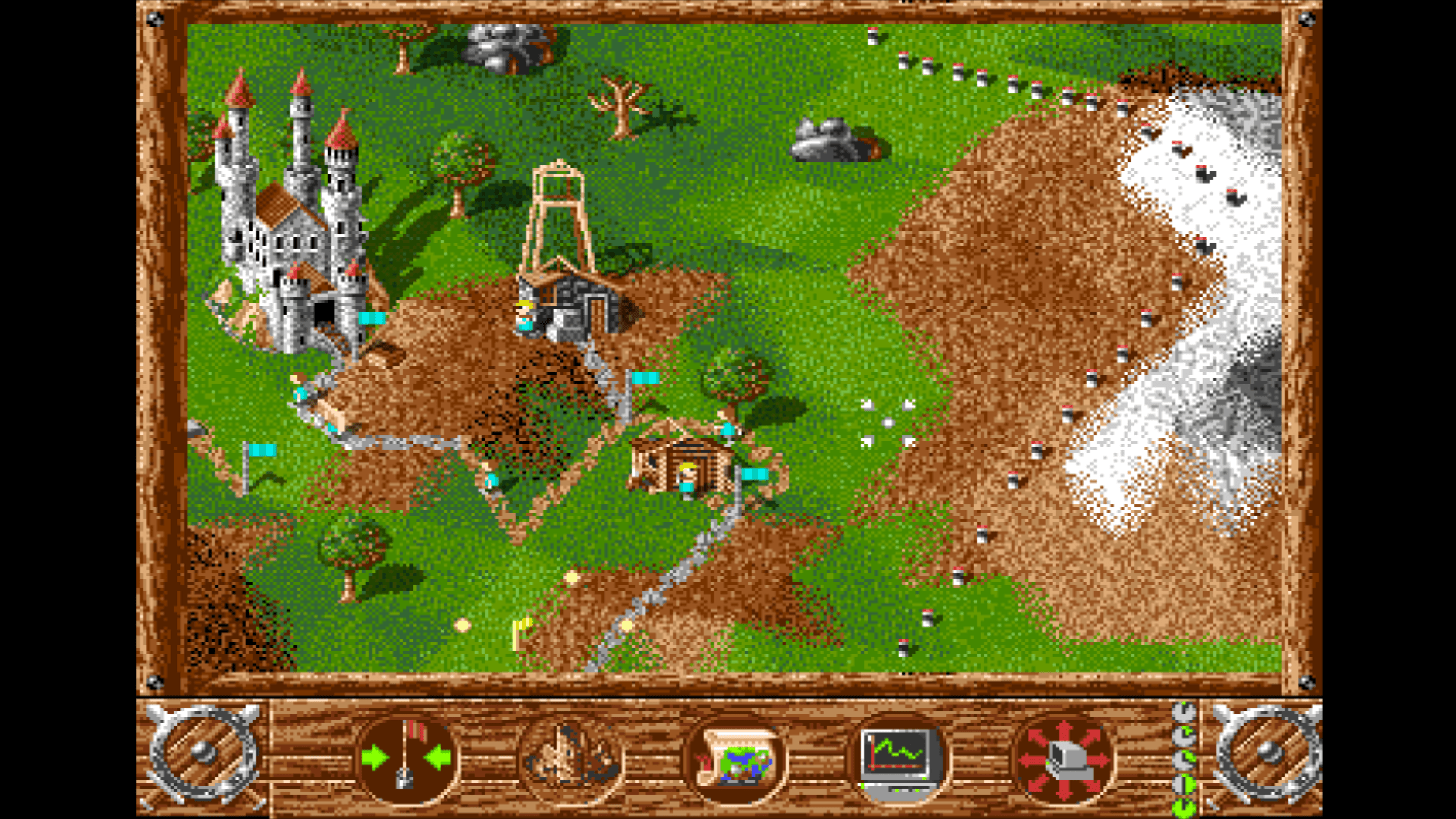
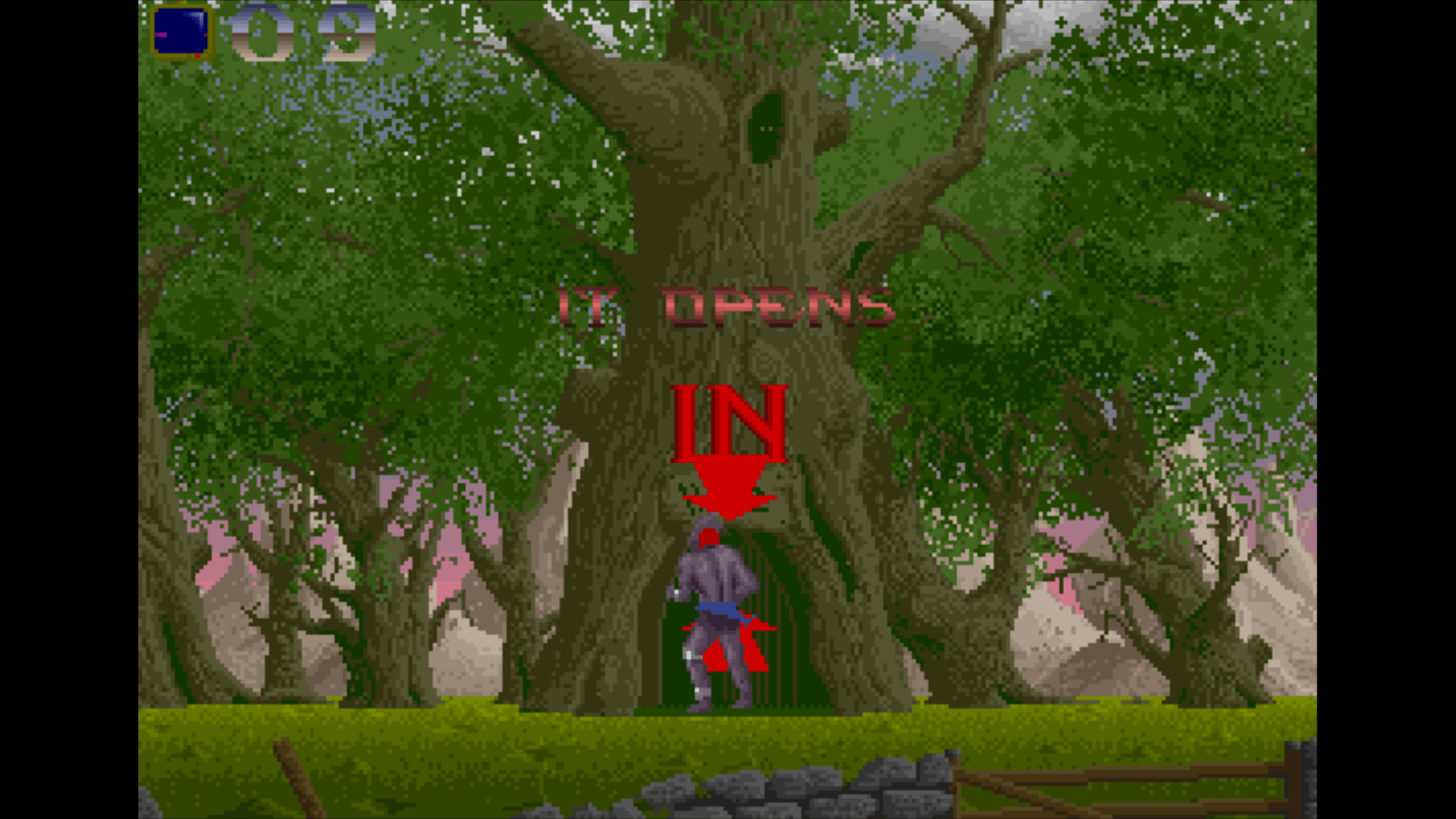
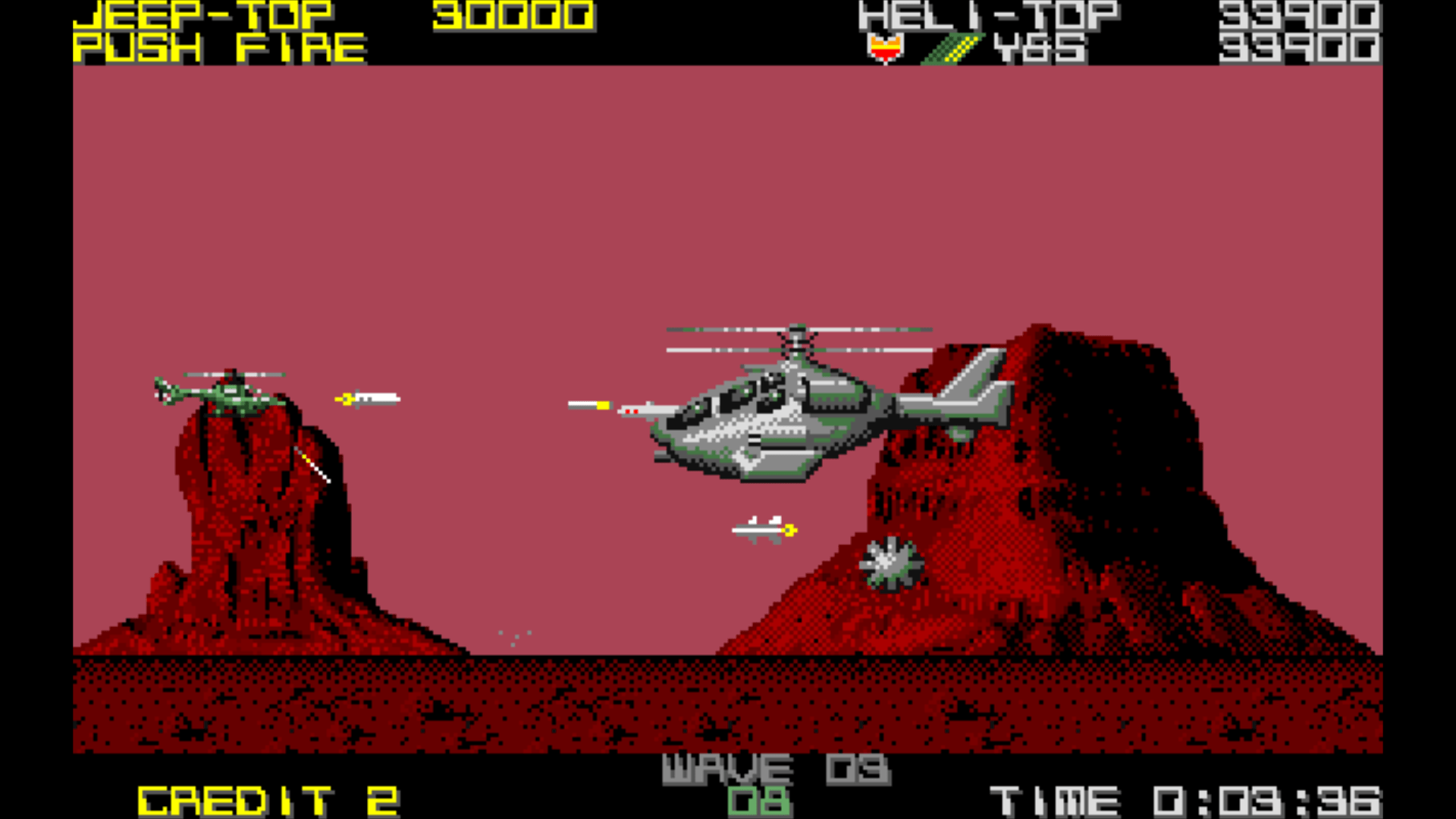
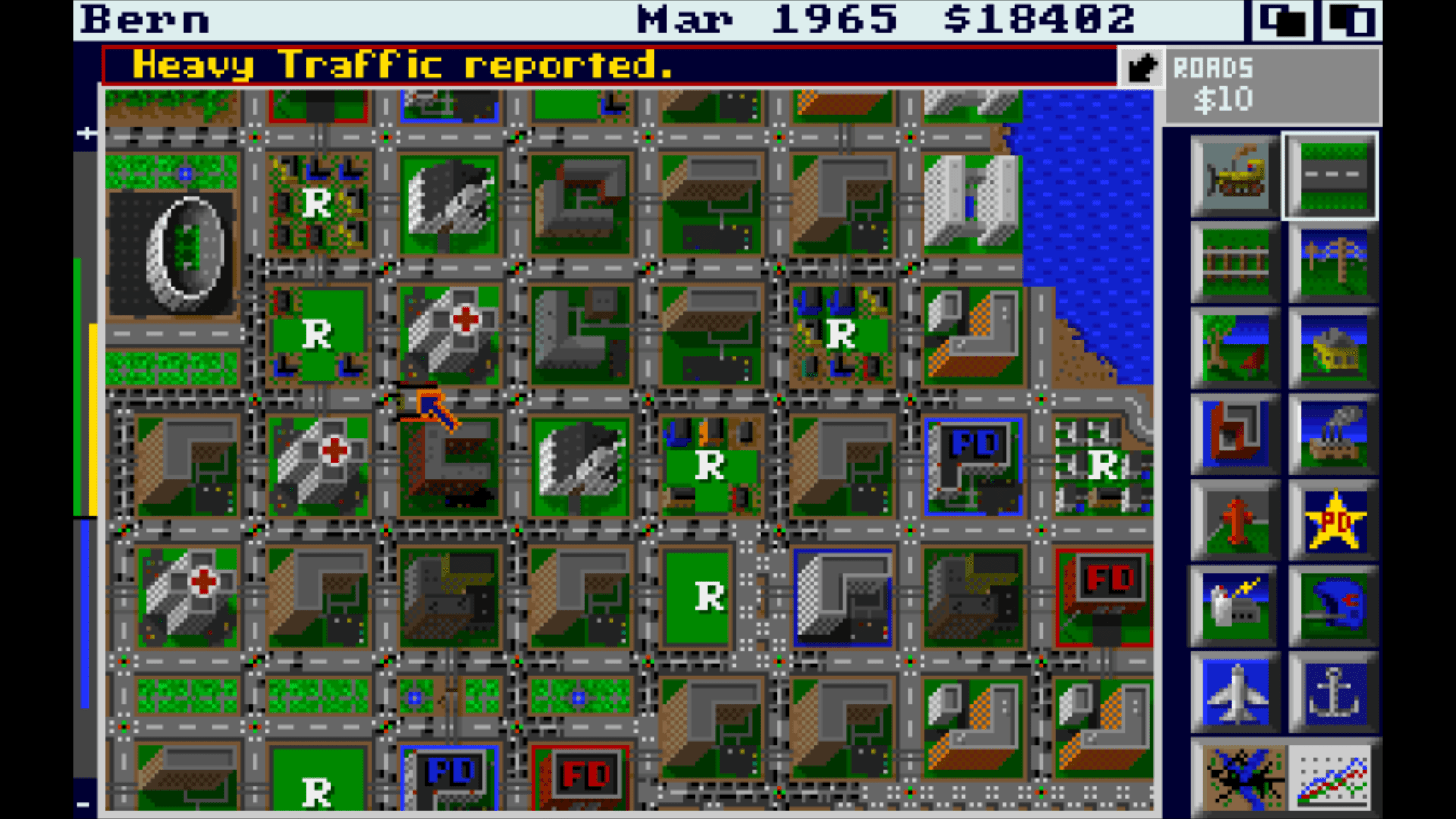
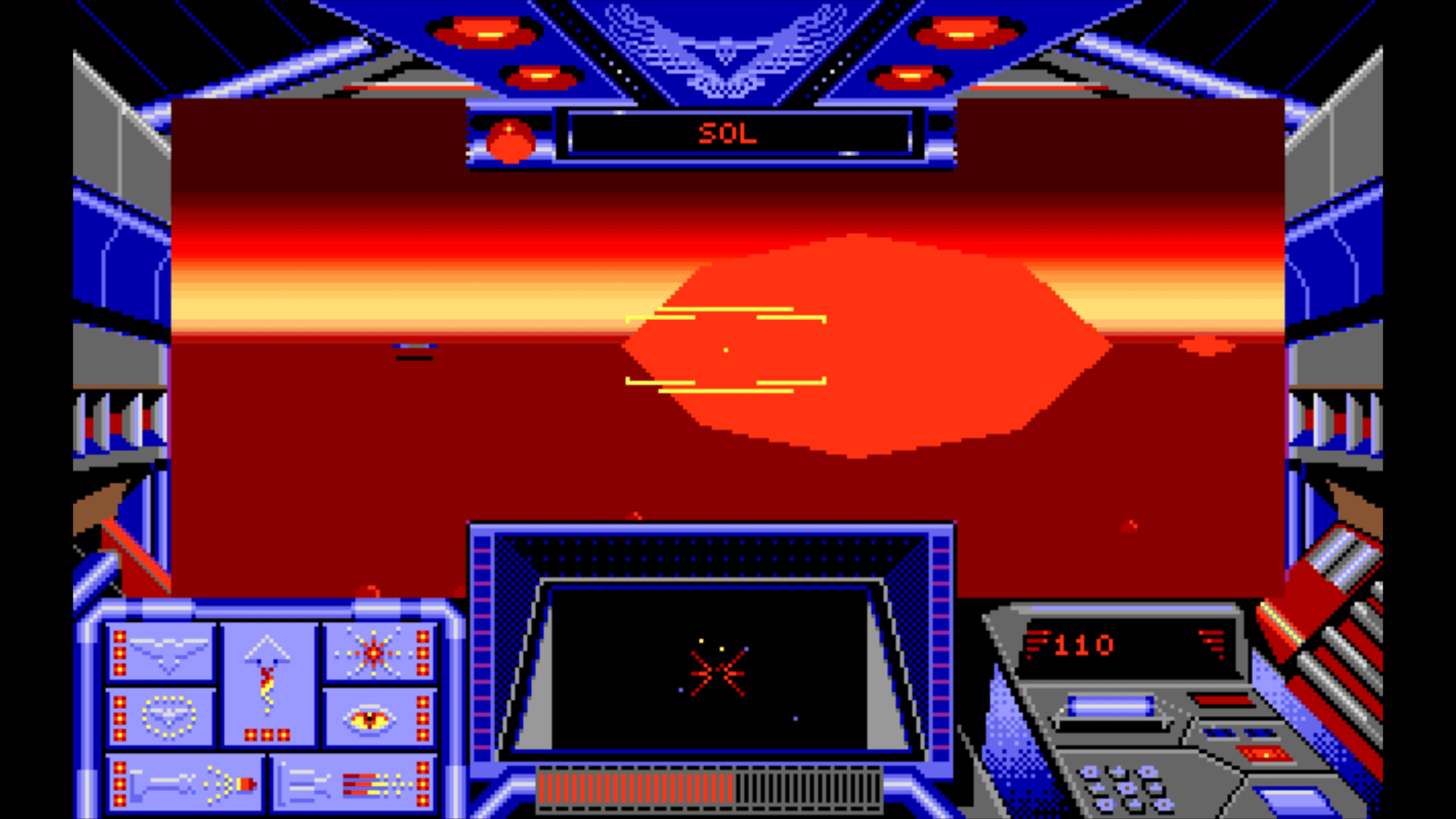
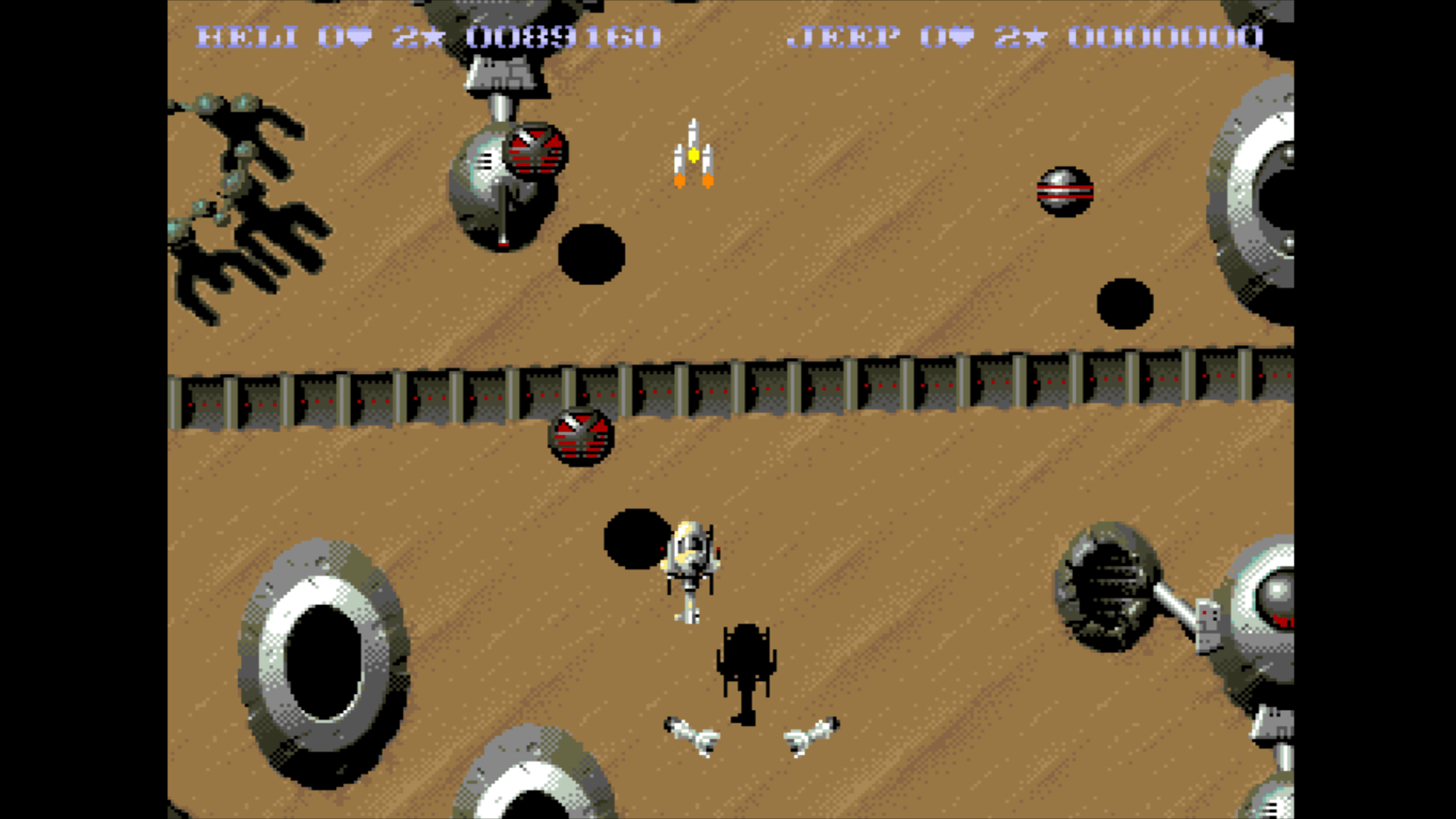
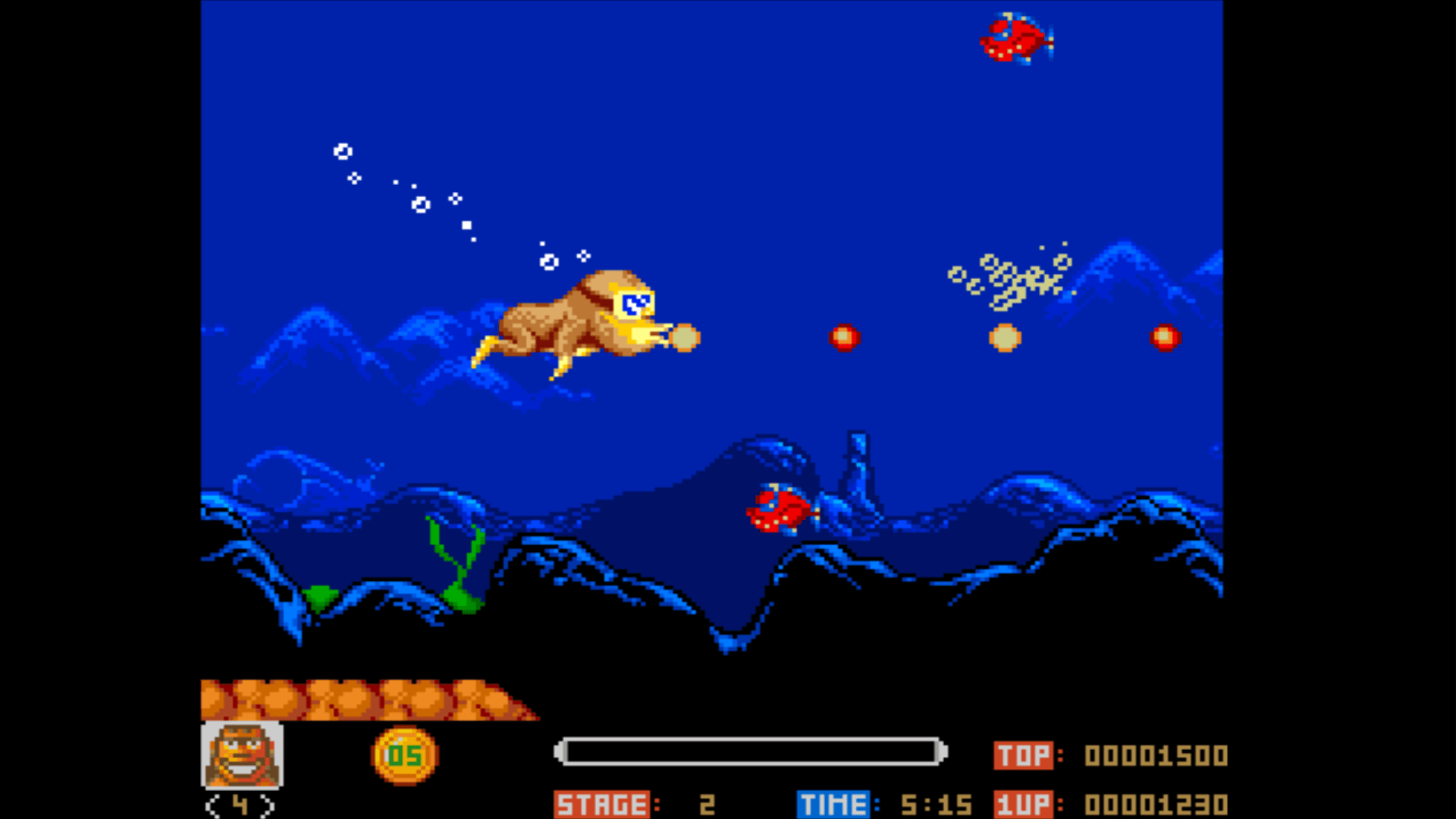
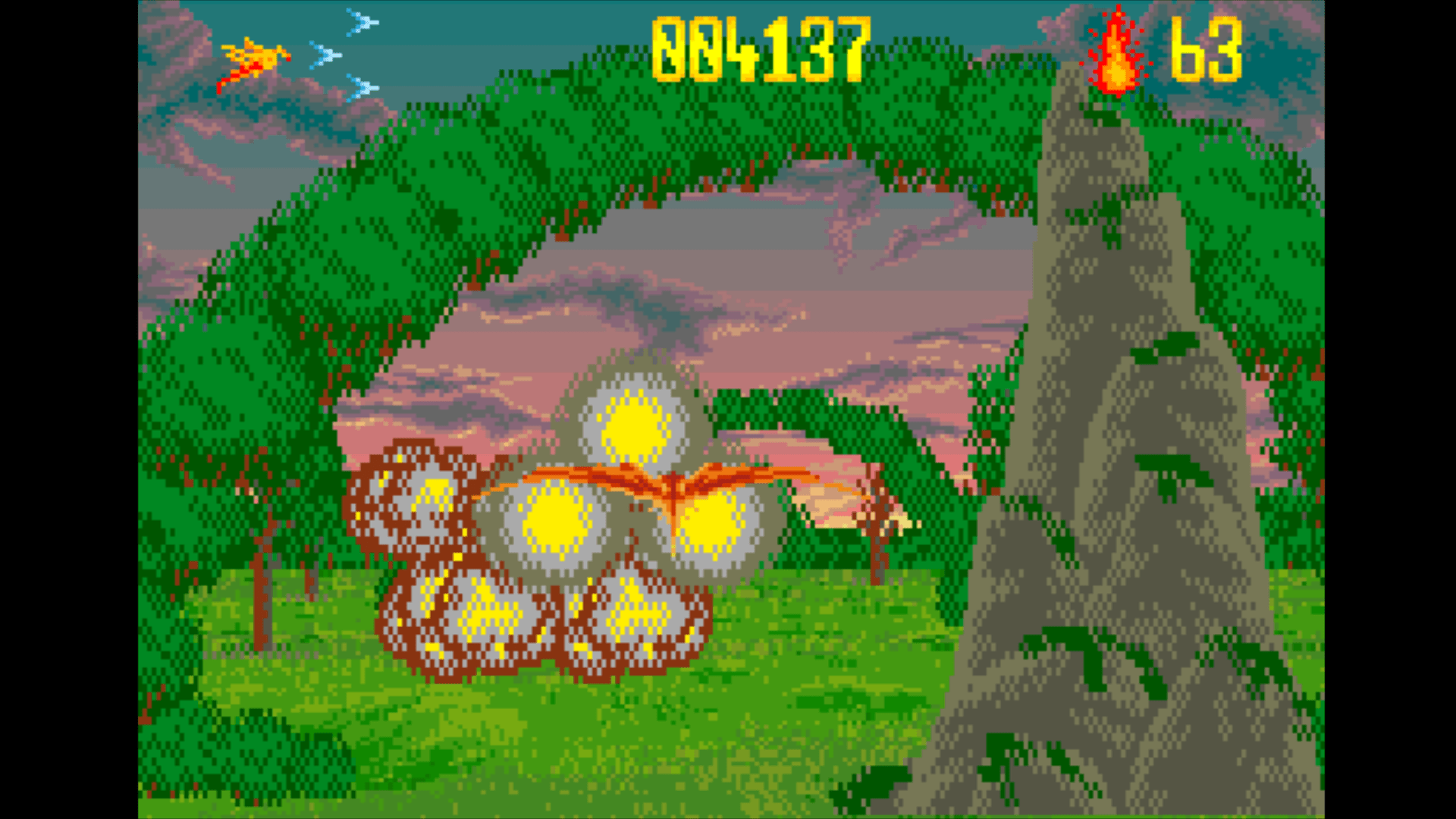
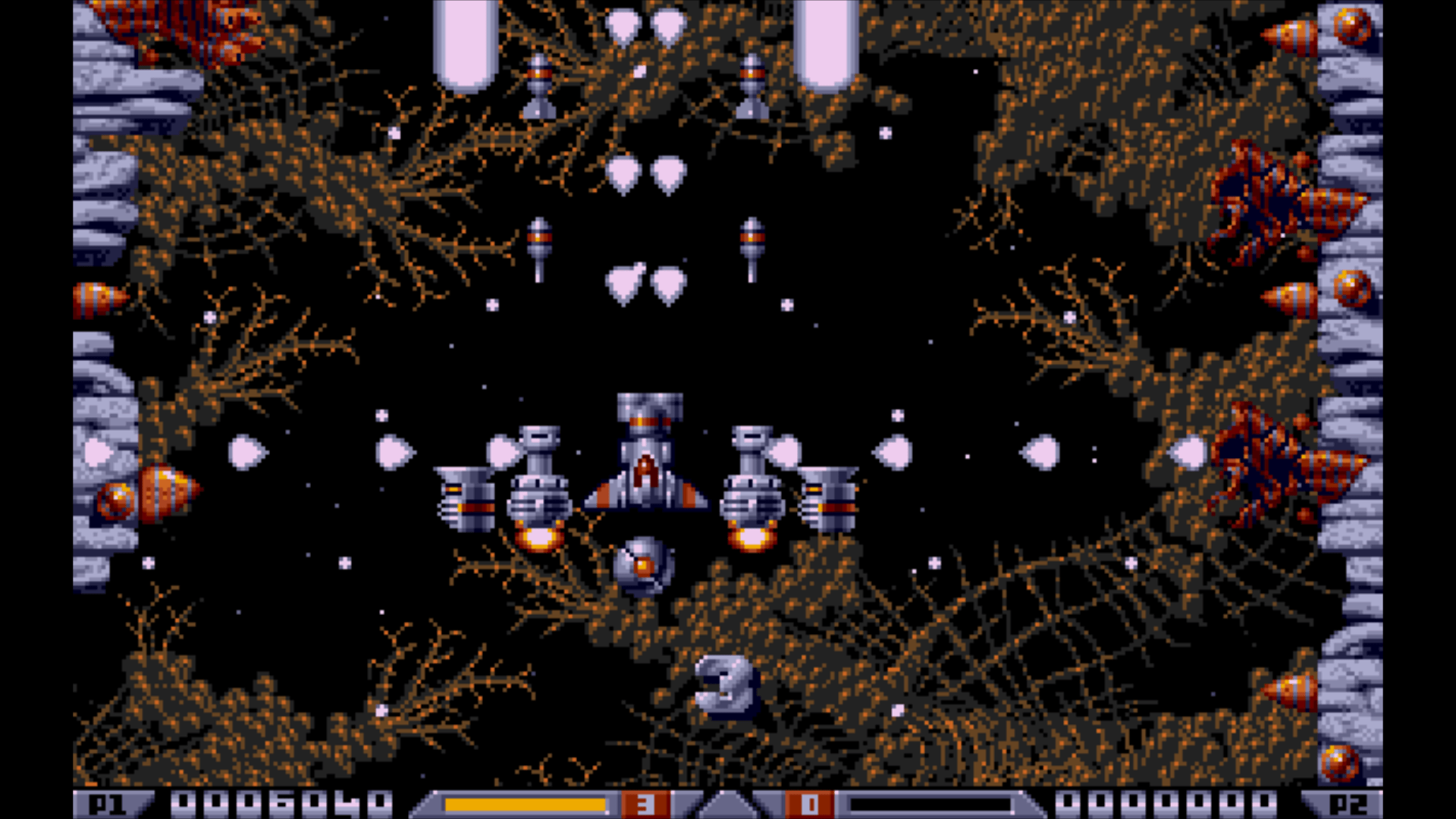
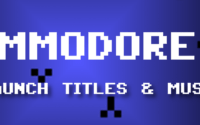
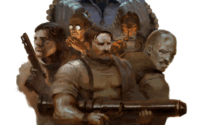
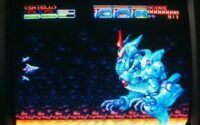
Great list. Where did you get that Moonstone fan art from please? 🙂
That’s a piece of art specifically made for this article series by the artist called bag (there’s a link in the article to his portfolio).